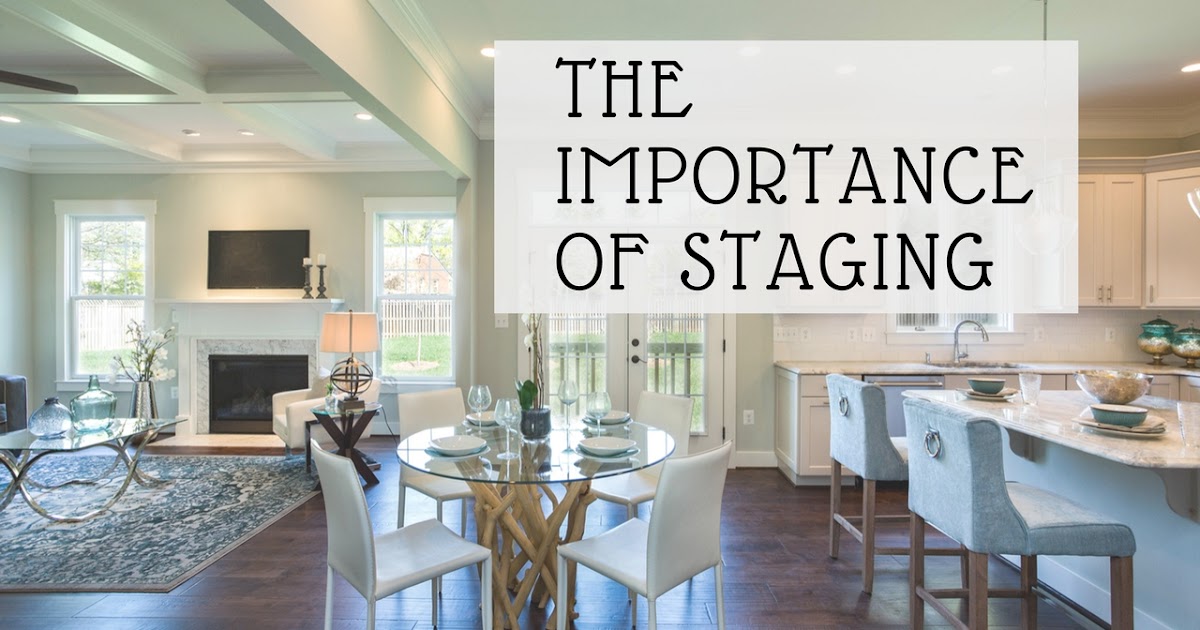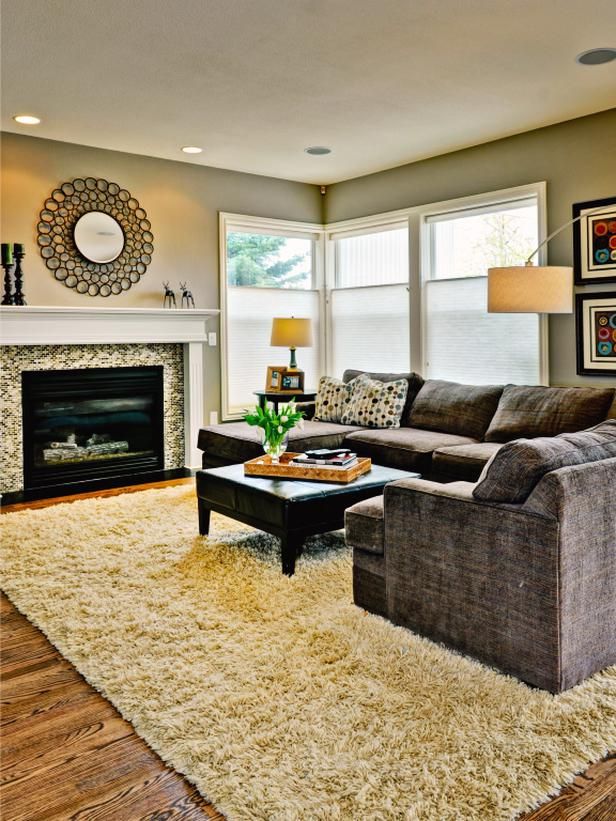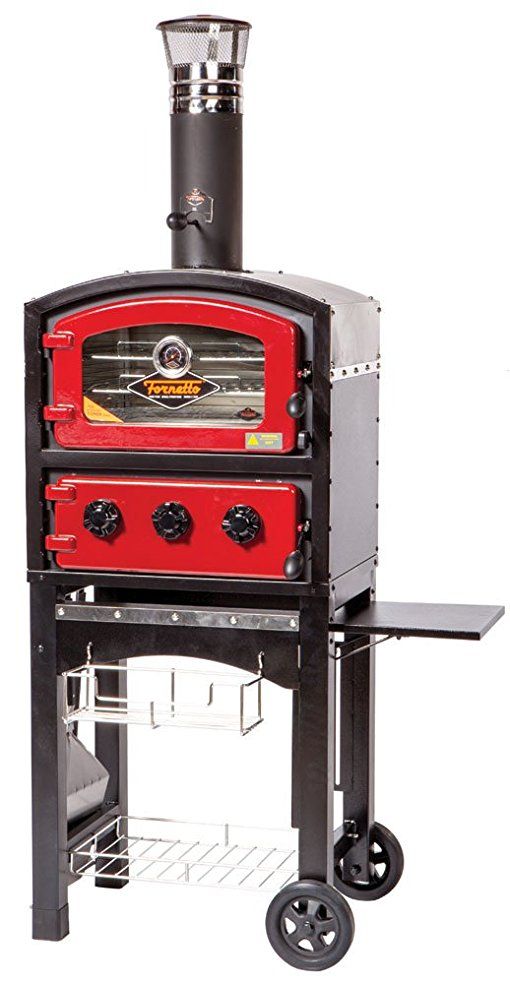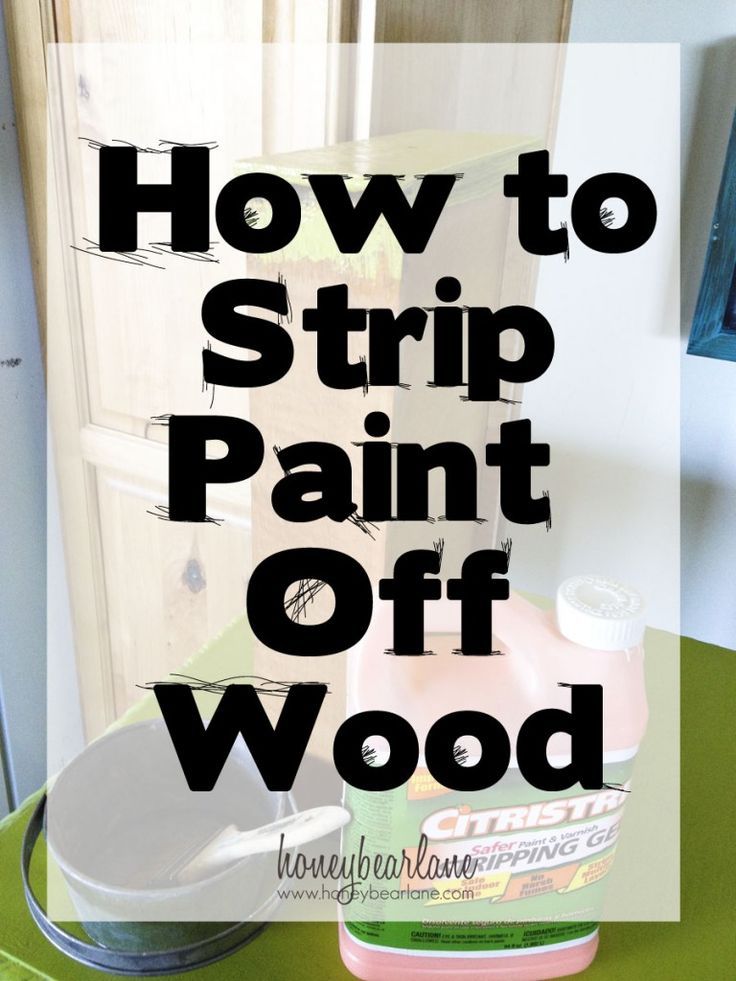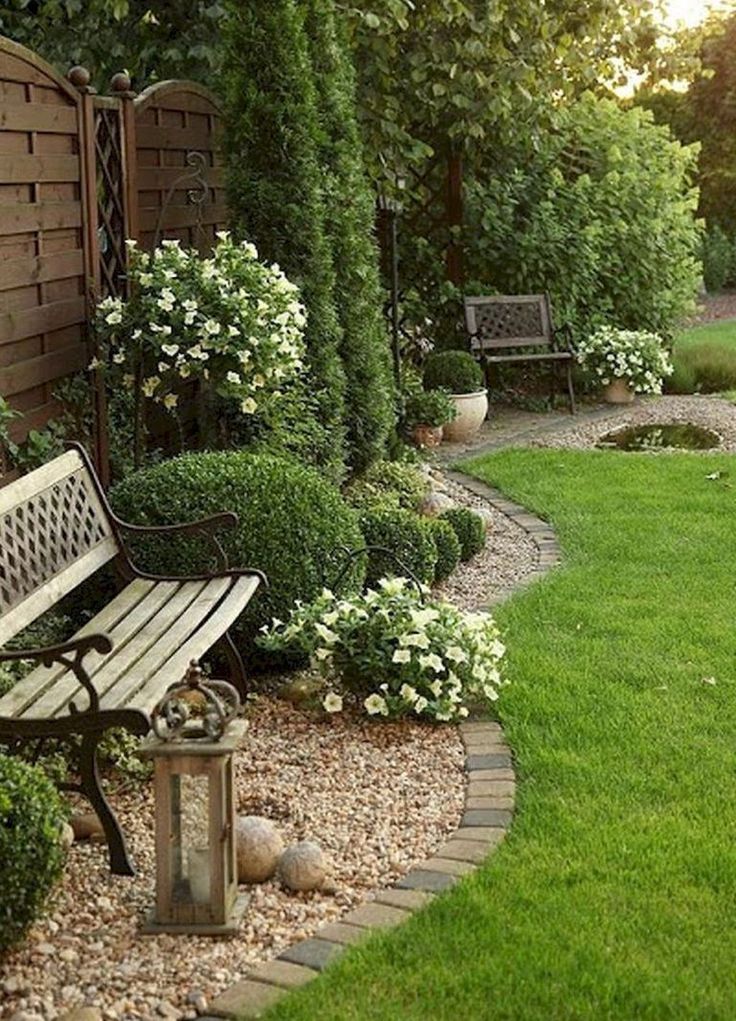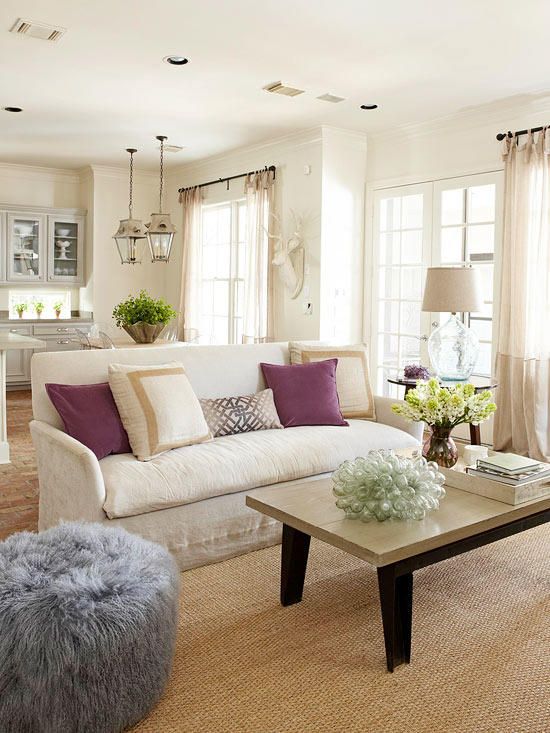How to stage your home for selling
How to Stage Your Home for a Quick Sale
When real estate agents talk about staging your home, they're referring to a method of preparing a property for sale on the real estate marketplace. Staging is designed to showcase a home's best assets, impress buyers, and sell it quickly for the highest possible price.
Because not all sellers stage their homes–especially homes in lower price ranges–you'll be at an advantage if you elect to take the extra step of staging your property. Here's how.
Key Takeaways
- Home staging refers to preparing your home to sell so it appeals to the most potential buyers who will pay the highest possible price.
- Relative to the amount of time and money involved, staging may be one of the most lucrative projects you'll ever undertake.
- The living room, kitchen, bathrooms, bedrooms, and outdoor living spaces are all important areas to focus on when staging your home.
- A few recommended home staging tips are to declutter, clean or replace your appliances so they look new, remove any personal items such as photos and monogrammed towels, and get rid of odors.
What Is Home Staging?
Good staging is “a form of visual merchandising that draws on some of the fundamentals of interior design,” says Gordon Roberts, a broker with Sotheby’s International Realty. “The object of staging is to flatter the property but not be too obvious about it, like being dressed without drawing particular attention to what you’re wearing.”
Melinda Massie, who owns a Fort Worth home organizing firm, says that good staging lets the buyers imagine themselves in the home, shows off its good features and hides its flaws, turns weird spaces into usable spaces, creates a mood (stagers call it “emotional” staging), and makes the home look significantly better in photos.
Home staging is not the same as decorating. Decorating is about personal style, while staging makes your home appealing to the largest pool of buyers.
Why Home Staging Is Important
When dealing with such a significant financial transaction as selling a home, you don't want to settle for a lower selling price or a longer marketing period than you have to.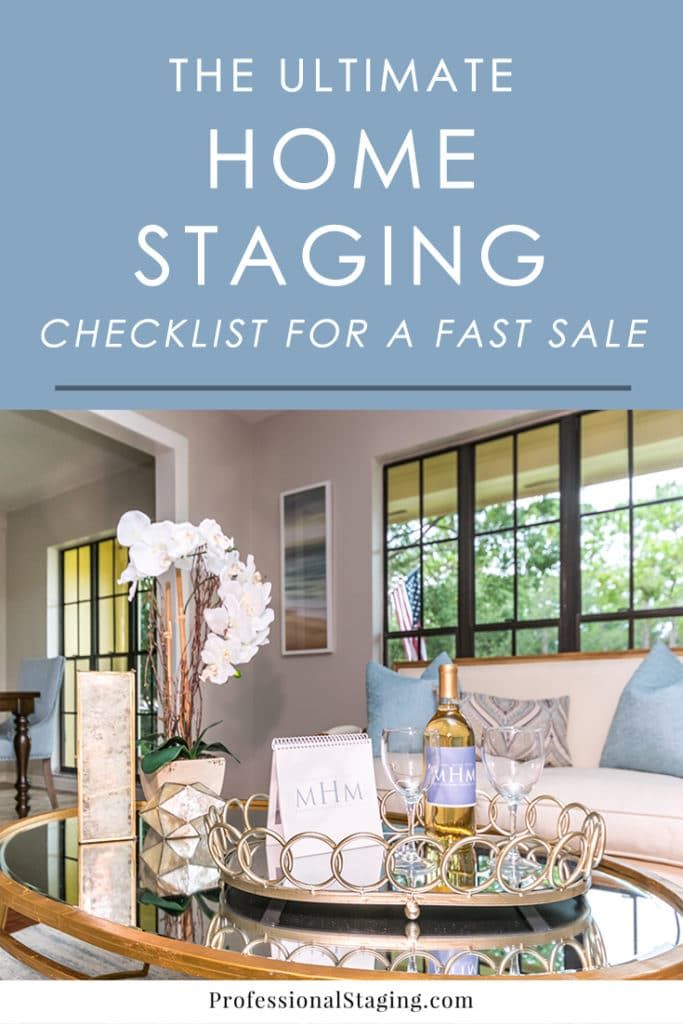
Relative to the amount of time and money involved, staging may be one of the most lucrative projects you ever undertake. Potential buyers aren't just looking for a structure to inhabit—they're also looking for a way to fulfill their dreams and improve their lifestyles. Staging can create a more emotional purchase for the buyer, which ultimately can generate more money for the seller.
Home staging is also beneficial because potential buyers don't want to see work that needs to be done upon moving into the home. For every problem they see, they'll deduct its cost from their offering price. If they see too many problems, they may pass completely on buying the home.
Benefits of Home Staging
Staging a home makes it visually more appealing and allows potential homebuyers to envision how the home might look once they move in to it, making it look more move-in ready. Having furnishings and wall hangings in place is often more inviting than empty rooms and blank walls.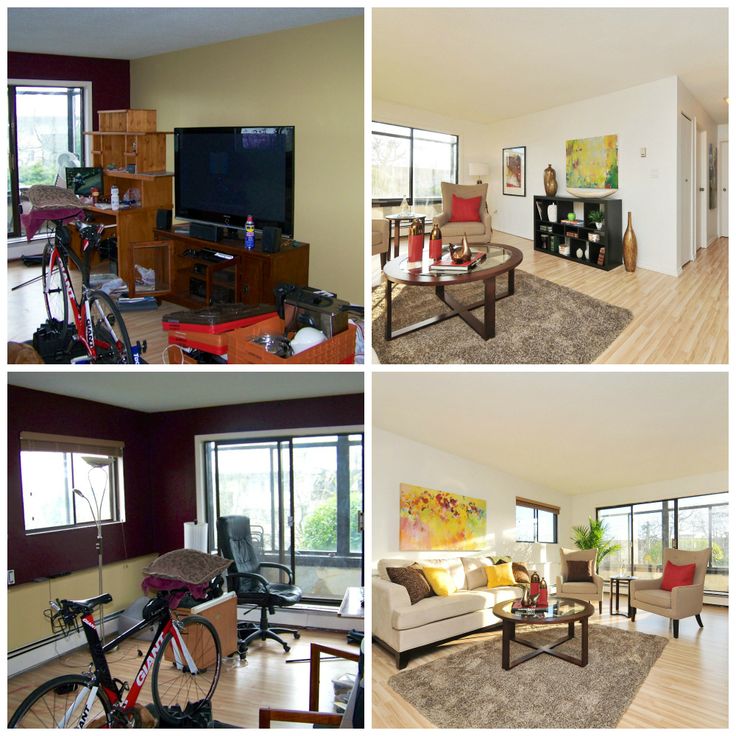
According to the 2021 Profile of Home Staging, a report from the National Association of Realtors (NAR), 47% of buyers' agents said that staging positively affected most buyers' opinions of a home.
The report also found that 82% of buyers' agents say staging makes it easier for buyers to visualize a property as their future home, which can help the home sell faster. According to the report, staging the living room was found to be very important to 46% of buyers, followed by the master bedroom, at 43% and the kitchen at 35%.
Options on How to Stage a Home
Many full-service realtors today will take care of staging your home, many of whom may hire a professional stager to assist in the process. They will find and procure the appropriate furnishings and accessories to keep the home looking good while you're moved out and showing the property. The cost to stage may be split between the homeowner and the realtor's expected commission, but expect to pay between 1% and 3% of the home's selling price on staging.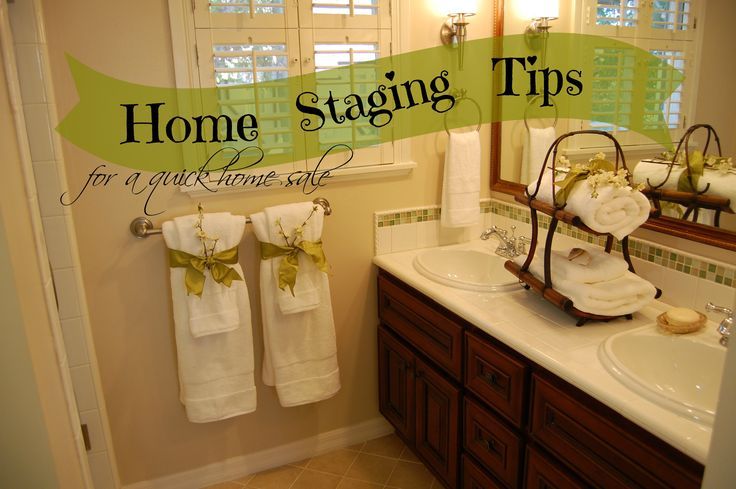
New trends have homeowners opting for DIY home staging (as opposed to hiring a professional stager) and limiting the number of buyers who come into the home for in-person showings. Yet staging remains an important tool because a well-staged home looks better in photographs—and most buyers are looking for homes online. Be prepared to pay for things like painting, storage organizers, furniture and furnishings rentals, floral arrangements, and cleaning supplies.
Below, we list a dozen tips for how to go about staging your home.
12 Home Staging Tips
According to the NAR report, the most common rooms that are staged are the living room (93%), kitchen (84%), owner's bedroom (78%), and the dining room (72%).
Of course, time and money determine the level of staging that is practical for your home. Try to employ the following techniques in as many rooms of the house as you can afford and have time for.
1. Clean
A clean home shows potential buyers that you've taken good care of the property. Ideally, you should clean every part of the house, from the floors to the ceilings—and everything in between.
Ideally, you should clean every part of the house, from the floors to the ceilings—and everything in between.
If you don't have new appliances in the kitchen, make sure the existing ones are spotless. Likewise, make sure your bathrooms sparkle, from the corners of the tub, to the sink drain, to that spot behind the toilet you don't think anyone can see. Your goal should be to make everything look new.
$1,500
The median amount spent on home staging, when using a specialized staging service was $1,500, according to NAR's 2021 Profile of Home Staging Report.
2. Declutter
There are two major problems with clutter. One is that it distracts buyers from your home's features. The other is that it makes it seem like the home has less space.
Now is the time to box up and put into storage the things you don't need on a day-to-day basis (think: knickknacks, games, papers, seasonal clothes, and messy hobbies). It's also time to get rid of things you no longer need—like the expired food in the back of the cabinets, and the clothes and toys the kids have long since outgrown.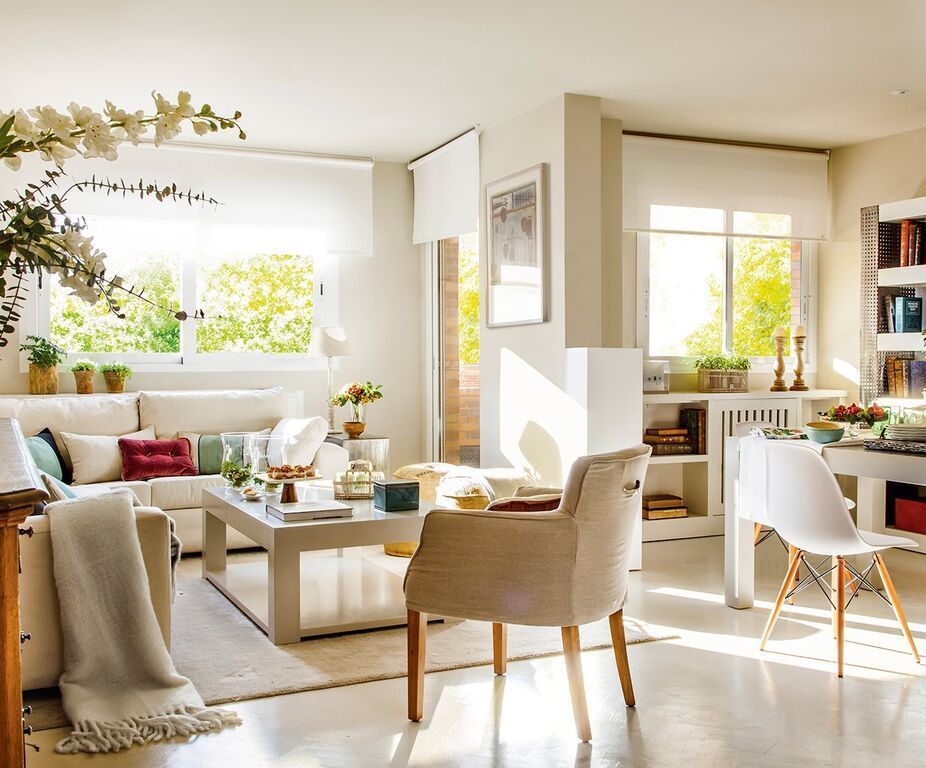 The more empty storage space you have, the better.
The more empty storage space you have, the better.
3. Depersonalize
Buyers need to be able to envision themselves in your home, so remove all the family photos, keepsakes, and refrigerator art. Keep clothes hidden away as much as possible, and make sure the bathroom counters are empty (except for hand soap, of course). Likewise, put away all the toys and anything else that is highly personal or evocative of the home's current inhabitants.
4. Focus on Fresh
A few potted plants can do wonders to make your home feel fresh and inviting. If you have a lot of plants, space them out strategically so they don't overwhelm any one area (unless you have a greenhouse). Of course, dead and dying plants don't do much to make your home look well tended.
Another way to make your home seem fresh is to get rid of odors. Pets, kids, last night's dinner, a damp bathroom, and many other conditions can make your home smell. Inexpensive tricks for ridding a home of odors and giving it an inviting aroma include baking cinnamon-coated apples or cookies in the oven (be careful not to burn them), or burning vanilla-scented candles.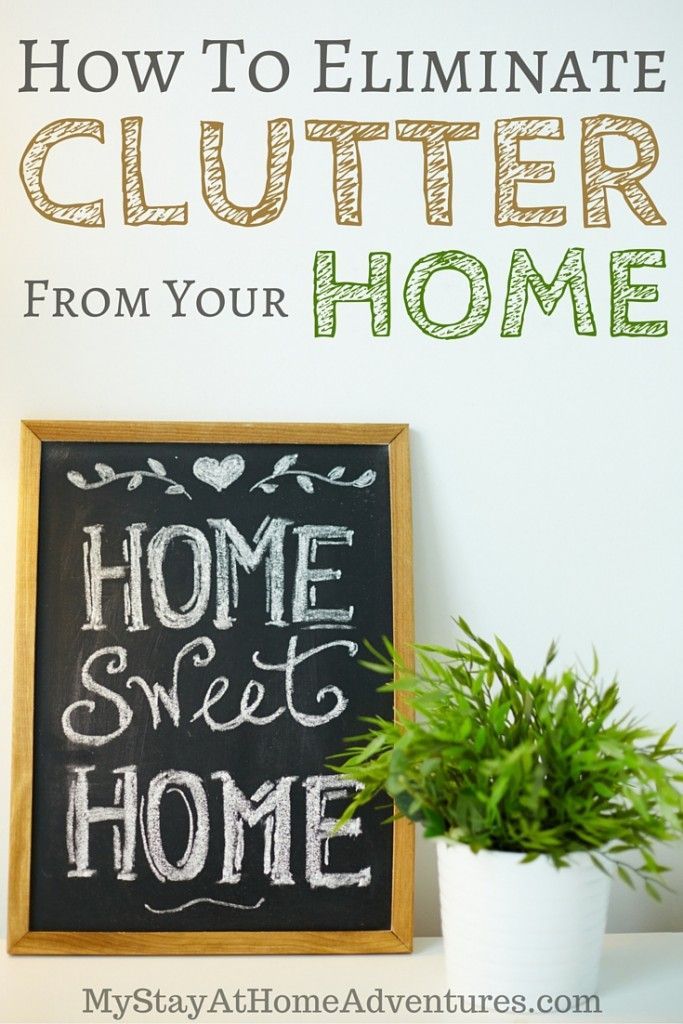
It's also a good idea to wipe down the kitchen sink with half a lemon, then grind it in the garbage disposal to remove sink odors. While you could use an air freshener to deodorize your home, it's best to avoid these since they can trigger allergic reactions and asthma in sensitive people. If you're a smoker and you normally smoke indoors, start limiting your smoking to outside the home and take extra steps to deodorize indoors. Finally, don't forget to take out the trash.
Essential oils (mix one cup of water with eight to 10 drops of oil in a spray bottle, and spray toward the center of each room), herbs and flowers, beeswax candles, and air purifiers are chemical-free ways to freshen the air in your home.
5. Define Rooms
Make sure that each room has a single, defined purpose. And make sure that every space within each room has a purpose. This will help buyers see how to maximize the home's square footage. If you have a finished attic, make it into an office.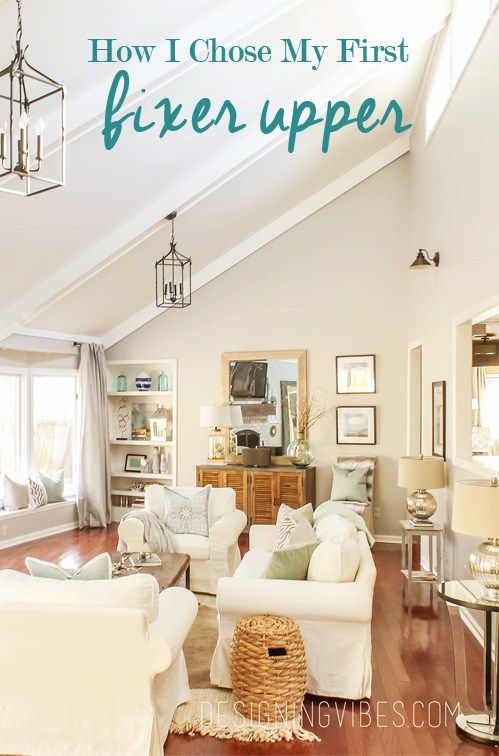 A finished basement can become an entertainment room, and a junk room can be transformed into a guest bedroom.
A finished basement can become an entertainment room, and a junk room can be transformed into a guest bedroom.
Even if the buyer doesn't want to use the room for the same purpose, the important thing is for them to see that every inch of the home is usable space. This includes alcoves, window seats, corners, breakfast nooks, and other areas.
6. Wallpaper and Paint
It is unlikely that a potential buyer will like your wallpaper. Your best bet is to tear it down and paint the walls with a neutral color instead. It's best not to paint over the wallpaper because it may look shabby and send a signal to the buyer about work they may have to do later.
Potential buyers will likely feel the same way about custom paint colors. You may love your orange bathroom, but people's tastes in colors are very specific and highly personal. You might think white walls are ideal because they create a blank slate that allows buyers to envision their own décor and gives them an easy starting point. However, it's actually better to paint your home with warm, neutral colors.
However, it's actually better to paint your home with warm, neutral colors.
7. Flooring
No one wants to live in a home with dirty, stained carpet, especially when someone else was the one who dirtied it. And linoleum is outdated and looks cheap. Although pricey, hardwood floors add value and elegance to a home. They are also low maintenance, provide great long-term value, and are perfect for buyers with allergies. In other words, they appeal to almost everyone, and if not, they're easily carpeted over by the buyer and preserved for the next owner.
Common areas like the living room, dining room, and kitchen should be your main focus if you are going to add hardwood floors. Ideally, you should upgrade the bathrooms, too. They have relatively little floor area and therefore won't be too expensive. In kitchens and bathrooms, go with ceramic tile or stone if you can afford it. If not, use high-quality vinyl tiles that mimic these more expensive materials.
8.
 Lighting
Lighting Take advantage of your home's natural light. Open all curtains and blinds when showing your home. Add fixtures where necessary, and turn on all the lights for showings (including those in the closets). This makes your home appear brighter and more inviting, and it saves buyers from having to hunt for light switches. If you think your existing fixtures are fine, be sure to dust them and clean off any grime. Otherwise, outdated and broken light fixtures are easy and cheap to replace.
9. Furniture
Make sure furniture is the right size for the room, and don't clutter a room with too much of it. Furniture that's too big will make a room look small, while too little or too small furniture can make a space feel cold.
Don't use cheap furniture, either. You don't have to pay a lot of money to switch out your existing furniture—and you may even be able to rent furniture to stage your home. Either way, make sure the furniture looks nice, tidy, and inviting.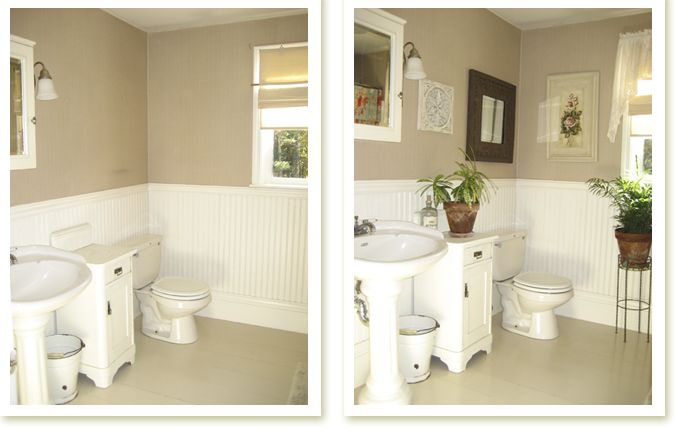 You can use throw pillows to add contrast and a pop of color.
You can use throw pillows to add contrast and a pop of color.
You'll also want to arrange the furniture in a way that makes each room feel spacious, homey, and easy to navigate. In the living room, for example, seating should be set up in a way that creates a comfortable conversation area.
10. Walls and Ceilings
Cracks in the walls or ceiling are red flags to buyers because they may indicate foundation problems. If your home does have foundation problems, you will need to either fix them or alert potential buyers to them; fixing any foundation problems would be better in terms of getting the home sold. If the foundation only looks bad but has been deemed sound by an inspector, repair the cracks so you don't scare off buyers for no good reason.
11. Exterior
The exterior and the entryway—which factor into the home's "curb appeal"—are important points of focus because they can heavily impact a buyer's first impression. They may even determine someone's interest in viewing the inside of the house.
Make sure your lawn, hedges, trees, and other plants are neatly pruned, and be sure to get rid of any weeds. Wash windows well, and consider adding flower boxes to brighten them up even more. If you can, power wash your home's exterior—this can make it look almost freshly painted but with less effort and expense.
Make sure the sidewalk leading up to the house is clear and clean, and buy new doormats for the front and back doors. If you have a pool, showcase it by making sure it's crystal clear. Creating some sort of outdoor living space in the backyard, such as a deck or patio with outdoor furniture, is another way to use the exterior of your home to its greatest advantage.
12. Final Touches
Just before any open house or showing, make sure that your staging efforts have the maximum impact with a few last-minute touches that will make the home seem warm and inviting. Put fresh flowers in vases, let fresh air into the house for at least ten minutes beforehand so it isn't stuffy, light a few candles (soft and subtle fragrances only), and put new, plush towels in the bathrooms.
Frequently Asked Questions
What are the benefits of home staging?
A well-staged home will sell for more than one that's not been gussied up. Home shoppers, when they enter a nicely staged home, can imagine themselves living there. A home that's not staged will force a buyer to look past all of the seller's possessions to imagine the home as theirs. Photos of a properly staged home look better in online listings, which help sell the property.
How important is home staging?
Relative to the amount of time and money involved, staging may be one of the most lucrative projects you ever undertake. Potential buyers aren't just looking for a structure to inhabit—they're also looking for a way to fulfill their dreams and improve their lifestyle. Staging can create a more emotional purchase for the buyer, which ultimately can generate more money for the seller.
Is it better to sell a house empty or staged?
Some people argue that selling a house empty is better since potential buyers can better envision their own belongings and furnishings in the space and use the blank template to let their imaginations run. Plus, you would save on the costs to stage. Still, industry reports show that staged homes do often sell faster.
Plus, you would save on the costs to stage. Still, industry reports show that staged homes do often sell faster.
How expensive is home staging?
The median amount spent on home staging, when using a specialized staging service was $1,500, according to NAR's 2021 Profile of Home Staging Report. Still, a seller can spend more if needed, or if they feel the added expense will yield a better price. Expect to pay between 1% and 3% of the home's selling price on staging.
The Bottom Line
Even if you have plenty of cash, don't put too much money into the staging process. You want to emphasize the home's best features, but keep in mind that what sells the home and what makes the home usable for the buyer are not necessarily the same thing.
Overall, to get the most bang for your buck, your home staging efforts should be designed to appeal to the widest possible range of buyers. The more people willing to submit purchase offers for your home, the higher the selling price will be.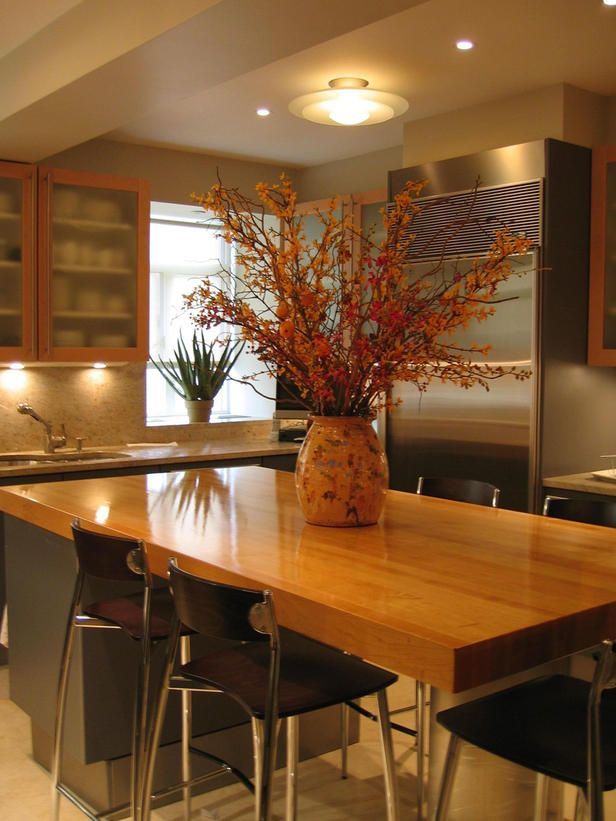
Home Staging: The Ultimate Guide
When you’re selling your home, you want it to look its absolute best for potential buyers. That’s where home staging comes in. Read our guide to home staging — learn what not to do, how to stage room by room, how to do it on the budget, whether it’s worth it to hire a professional home stager, and loads more!
What is home staging?You’ve seen gorgeous images of impeccably decorated homes in magazines, on TV and on social media. They inspire envy, or maybe just inspire — and they are all staged. Home staging brings out your home’s most impressive assets so that the maximum number of potential buyers can imagine themselves living in it. Home staging is a marketing strategy (with a dash of psychology). It’s adding and rearranging furniture and decor. It’s upgrading curb appeal. It’s doing whatever is necessary to dress up a house so it sells quickly and for the highest possible profit.
By minimizing the house’s flaws and highlighting its best features you are “packaging” your house in the most appealing way that would lead to more interest, higher offers and quicker sales. Home staging, if done right, creates a relaxing and inviting atmosphere, where potential buyers would want to linger. A well-staged home will draw the buyers to online listings and showings, and, hopefully, will end in generous offers.
Table of Contents
- Why is home staging important?
- What are your home staging options?
- How much does home staging cost?
- Home staging process
- How can I stage my house for cheap?
- How do you stage a house for pictures?
- Top 12 Home Staging Tips
- What should you NOT do when staging a house?
- Home staging FAQ
A lot of effort goes into buying a home. Buyers look at countless home listings and make split-second decisions whether to move on or to see it in person. For your home to stand out, it has to feel like home to a potential buyer. Of course, all practical details come into play, but allowing a buyer to develop an emotional attachment to the house also has a big role. Home staging is an art, but also a science. A prospective buyer should be able to visualize how he or she would personalize their new home, so the stage you set should be neutral yet feel personal. Visualization is a key concept in home staging. If buyers can see themselves living there, they will develop a personal connection to the home and will feel good about investing in it.
For your home to stand out, it has to feel like home to a potential buyer. Of course, all practical details come into play, but allowing a buyer to develop an emotional attachment to the house also has a big role. Home staging is an art, but also a science. A prospective buyer should be able to visualize how he or she would personalize their new home, so the stage you set should be neutral yet feel personal. Visualization is a key concept in home staging. If buyers can see themselves living there, they will develop a personal connection to the home and will feel good about investing in it.
According to the 2021 Profile of Home Staging by the National Association of REALTORS (NAR), 82 percent of buyers’ agents said staging a home made it easier for a buyer to visualize the property as a future home. And consider these numbers that demonstrate home staging is a common and effective industry practice that professionals feel confident spending money on:
- Staging the living room was found to be very important for buyers (46 percent), followed by staging the master bedroom (43 percent), and staging the kitchen (35 percent).

- Among buyers’ agents, having photos (83 percent), videos (74 percent) and virtual tours (73 percent) available for their listings was more important since the beginning of the COVID-19 pandemic.
- 23 percent of buyer’s agents said 23 percent of sellers’ agents reported that staging a home increased the dollar value offered by between one and five percent, compared to other similar homes on the market that are not staged.
- 31 percent of sellers’ agents said they staged all sellers’ homes prior to listing them for sale.
- 49 percent of sellers’ agents used a staging service.
- The most common rooms that were staged included the living room (90 percent), kitchen (80 percent), master bedroom (78 percent) and dining room (69 percent).
- The median dollar value spent when using a staging service was $1,500, compared to $300 when the sellers’ agent personally staged the home.
To emphasize, the
three key benefits of staging a home are:- Staging helps a prospective buyer visualize living in the home
- Staging can increase the amount of the offer
- Staging can lead to the house spending less time on the market
With so much to gain, it makes sense for sellers to put time and effort into staging their homes, and, fortunately, many of the best staging tips don’t require spending a lot of money.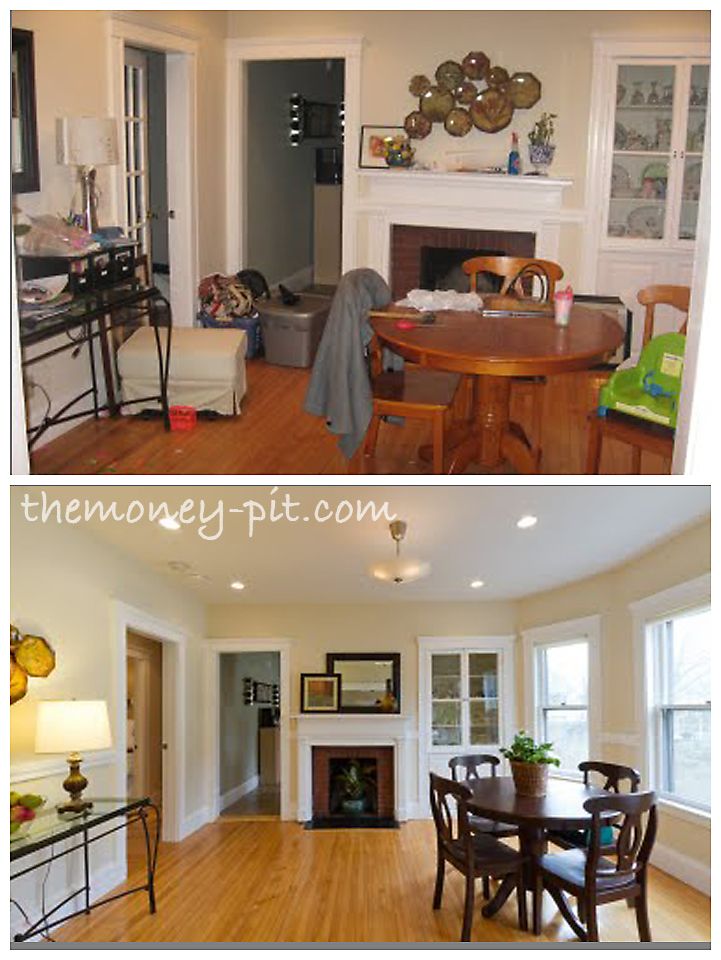 Whether you’re just getting ready to sell or are trying to add new life to a stagnant listing, take a look at your home staging options and make changes that can help your home sell faster and for more money.
Whether you’re just getting ready to sell or are trying to add new life to a stagnant listing, take a look at your home staging options and make changes that can help your home sell faster and for more money.
There are three options, but you can also do a combination of all three. When looking to stage your home, you can do it yourself (DIY), get your real estate agent to do it or help you with some of it, or you can hire a professional home stager to do it all for you. Which type of staging is right for you depends on your specific situation and your budget.
How do I stage my house myself?If you want to save money and have the time and the desire to do what it takes to present your property in the best way, the DIY option is the way to go. The tasks you might need to perform will be a medley of repairs and home design: rearranging furniture, decluttering, removing personal photos and decor, adding new curtains and throw pillows, repainting, touching up the walls, and a whole lot of cleaning.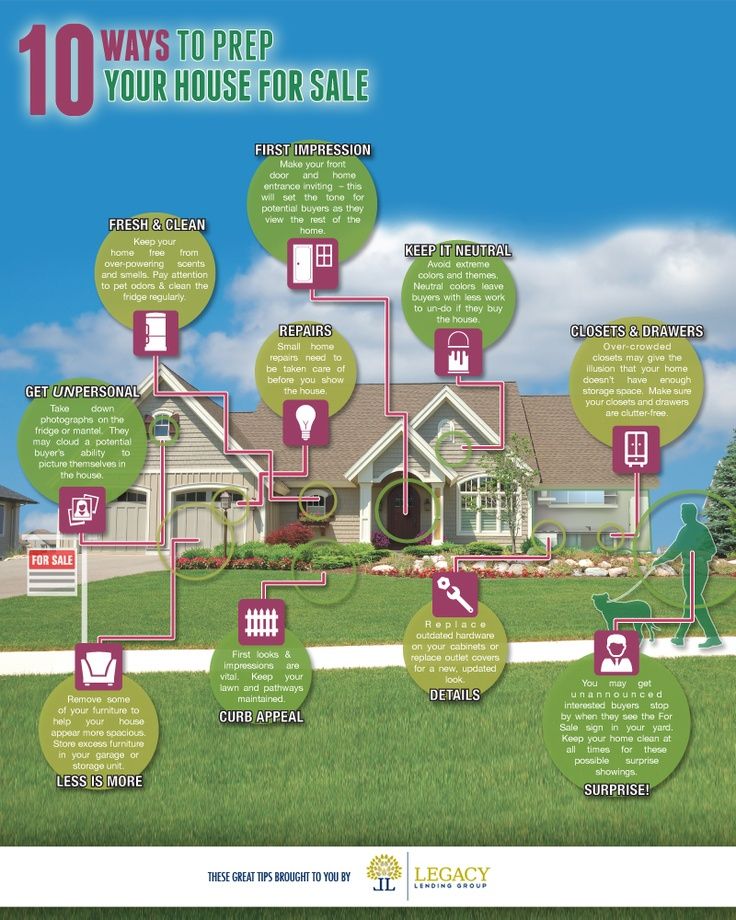 You can also add homey touches like cut flowers and house plants, and make sure your house smells amazing (candles, a diffuser or even a plate of fresh-baked cookies will work). And don’t forget the exterior! We’ll go over these and more tips in detail below.
You can also add homey touches like cut flowers and house plants, and make sure your house smells amazing (candles, a diffuser or even a plate of fresh-baked cookies will work). And don’t forget the exterior! We’ll go over these and more tips in detail below.
It’s not your real estate agent’s job to professionally stage your home, but they also want to sell your home, quickly and profitably. Some might provide recommendations or help you find a professional home stager to either do a consultation or provide the home-staging service; others might do more to spruce up the property. Some real estate agents are certified home stagers themselves and can be very helpful (this scenario is not common). There are no cut-and-dry rules when it comes to enlisting the help of your real estate agent in staging your home, just as it’s not a given that you won’t end up footing the bill. It all really depends on your personal circumstances, your budget, and how much work your home needs.
What does a professional home stager do?If you have the budget for it and want someone else to do the work, opt for a professional staging company. They will have the design and interior decorating experience to do wonders with your home. They will look at your home, inside and outside, evaluate its marketability, and then provide a consultation on what should be done to increase the home’s appeal to the prospective buyers.
They will have the design and interior decorating experience to do wonders with your home. They will look at your home, inside and outside, evaluate its marketability, and then provide a consultation on what should be done to increase the home’s appeal to the prospective buyers.
A professional home stager often has an inventory of decor, artwork and furniture they can use to stage your home (furniture rentals can come with an extra fee, so ask ahead). They will also rearrange your furniture as needed and help you declutter. They will make the best and more efficient use of your space, showcasing it in the best light. Services can also include painting some exterior surfaces and removing furniture.
If you already have furniture that they can use (that will appeal to most buyers), a home stager will add homey, personal touches to the interior in what’s called soft staging. This means adding neutral and approachable touches like artwork, flowers, decor, throw blankets, and anything that will warm up your home and make it more attractive to the buyers (but not the furniture).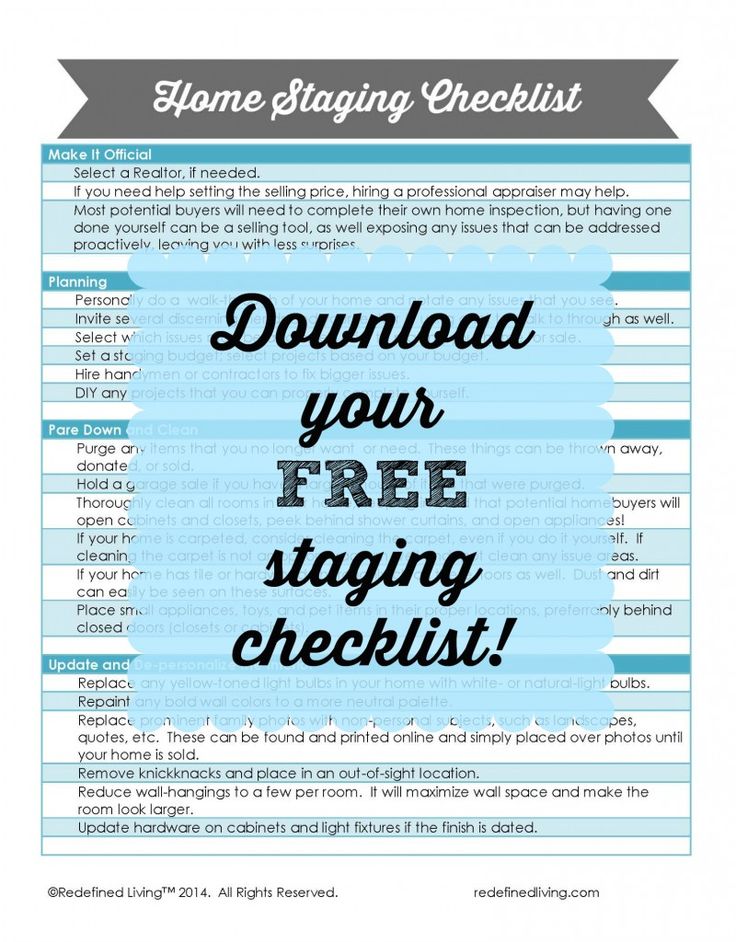
Home staging extends to the house’s exterior and outdoor spaces to improve your home’s curb appeal. This might include painting the front door, adding colorful flowers in window boxes or planting them, pressure washing and cleaning, replacing the mailbox, updating the lighting, and staging such outdoor areas as your deck, patio or pool area.
How much does home staging cost?According to the price guide Fixr, on average, a homeowner pays $1,000 to $3,000 to have their home staged professionally, but, of course, you can find home staging services for more or less. The average homeowner can expect to pay $1,500 for an initial consultation, a day of staging, and no furniture rental. A simple consultation is around $200. A full-service staging with furniture rentals and redesign costs up to $10,000. HomeAdvisor estimates a typical range of the cost of home staging between $741 and $2,669. An empty house will be more expensive to stage if you add furniture, but you can still stage an empty house without furniture to save some money.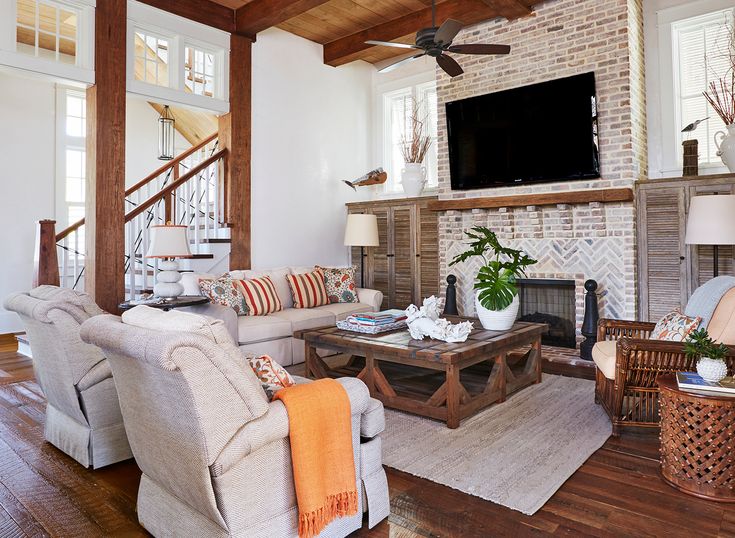
If you are staging the home yourself, consider the costs of paint, repair and cleaning supplies, storage options as you declutter, new furniture, accessories and decor.
Is home staging worth it?As the numbers show, home staging can add a considerable selling advantage. It can market your home in such a way that you’ll get a higher offer, quicker. Whether it’s worth it in your case? Consider a few factors and then decide:
- Your timeline
- The total cost of staging
- The value home staging could add to your home
- What the sellers’ market is like where you live
If you can’t decide on your own, ask your Realtor for suggestions as he or she knows the hyper-local market, or hire a professional stager to pay you a consultation-only visit.
Home staging processLet’s go room by room, then head outside.
Living room- Remove unnecessary furniture to create more space
- If you have dark curtains, replace them with the neutral-colored ones
- Update lighting if it’s dim
- Put cords and wires out of sight
- Open the blinds to let more natural light in
- Pull furniture away from the walls
- If the walls are painted in a dark color, consider painting them with a lighter neutral color
- Remove personal photos and decor
- Add warm touches like flowers or attractive decor (vases, throw pillows, candles, coffee table books)
- Hang the largest piece of art on your largest wall
- Declutter (put away books and magazines, clear surfaces from personal items)
- Improve lighting (open blinds, hang light-colored curtains, update lighting fixtures)
- Declutter
- If using table leaves, remove them to make the room look bigger
- Add house plants, a bowl of fruit or a flower arrangement
- Set the table (only if it adds to the ambiance, not distracts from it)
- Change the bedding so it’s fresh
- Add pillow and throw blankets
- Remove personal items
- Declutter the closets and bookshelves
- Pull the bed away from the walls
- In the closet, organize clothes on the hangers.
 Don’t overcrowd, and try to use the same kind of hanger.
Don’t overcrowd, and try to use the same kind of hanger.
- Clean the refrigerator inside and out. If you are using it, empty it temporarily or at least organize and declutter.
- Clear and clean the counters
- Clean the oven
- Update or repaint cabinets if they’re dated
- Clean or remove appliances (toaster, coffee maker, kettle)
- Replace old hardware, knobs or faucet
- Declutter the cabinets
- Fix any leaks
- Fix any leaks
- Recaulk if necessary
- Replace the faucets and a shower head if they’re old
- Paint or stain the cabinets if they’re dated
- Hang new, clean towels in a neutral color
- Provide new soap in an attractive container
- Clear the area around the sink (remove personal items like toothbrushes)
- Organize and declutter any drawers, cupboards or closets
- Empty or put away the wastebasket
- Clean the mirrors, the toilet, the floor, the shower or the tub
- Clean or replace the shower curtain
- Keep the toilet seat down
- Clean the floor/shampoo if you have carpet
- Replace a welcome mat if needed
- Paint the front door if needed
- Fix the front door if squeaky
- Consider adding house numbers
- Replace the mailbox if needed
- Declutter the coat rack, shoe rack and closets
- Trim the trees and the bushes
- Mow your lawn
- Remove dead leaves
- Clean gutters
- Add flower boxes or potted plants or plant flowers
- Cover any bare spots with plants
- If it’s the holiday season, add some seasonal decorations like a tasteful pumpkin, a wreath or a few attractive decorations
- Pressure wash the deck, the patio, the pool area and the exterior of the house
- Touch up/repaint the exterior of the house if necessary
- Fix cracks in the sidewalks
- Add sealant to your blacktop driveway
- Clear away any debris
- Declutter (put away tools, toys, pool and grill accessories, rusted and dated outdoor furniture, trash cans)
- Replace the mailbox if it’s old
- Upgrade lighting fixtures and doorknobs
- Accessorize your porch, deck or patio (add attractive furniture and plants, lights, candles, etc.
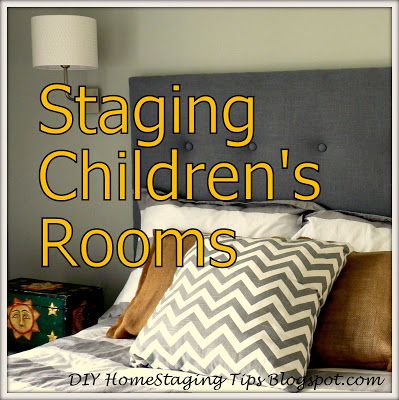 )
)
- Repaint any bright, bold colors with neutral colors
- If you have dark curtains, replace them with the neutral-colored ones
- Wash all the windows, inside and outside
- Convert “themed” rooms into neutral rooms
- Pack away most toys
- Clear the surfaces like tables and counters
- Fix squeaky doors and loose boards
- Replace any missing fixtures
- Update lighting
- Store away any signs of the pets
- Make sure all windows and doors open quietly and easily
- Clean ceiling fans
- Dust all surfaces
- Clean the floors
Need to DIY home staging on a budget? You can make your home more marketable without breaking the bank. Here are some ways:
- This is step one of home staging and it goes a long way. The house should feel like home to the potential buyers, but they should also be able to envision what it would look like without your belongings in it.
 By decluttering, we mean cleaning out your closets, clearing off your countertops, thinning your shelves, and putting away any personal photographs or decor. You can sell or donate what you don’t need. Or consider renting a storage unit.
By decluttering, we mean cleaning out your closets, clearing off your countertops, thinning your shelves, and putting away any personal photographs or decor. You can sell or donate what you don’t need. Or consider renting a storage unit. - Deep clean. Now that you’ve decluttered, time to deep clean the whole house. Wash the windows and floors, shampoo carpets, dust, polish, vacuum, and clean ceiling fans and AC vents. Give your bathroom(s) some extra love. The bathroom(s) should have fresh towels and new soap. All beds in the bedroom(s) need fresh bedding and must be made.
- Make the rooms appear bigger. The bigger the rooms seem to a buyer the better. The tricks of the trade include adding mirrors to create more light, opening blinds and curtains, removing rugs and unnecessary furniture, and keeping to a neutral palette for the walls, the furniture and the window coverings.
- Repaint and touch up. Speaking of a neutral palette, if your walls are painted in bright colors consider repainting them in neutral colors like grey, beige or pastels.
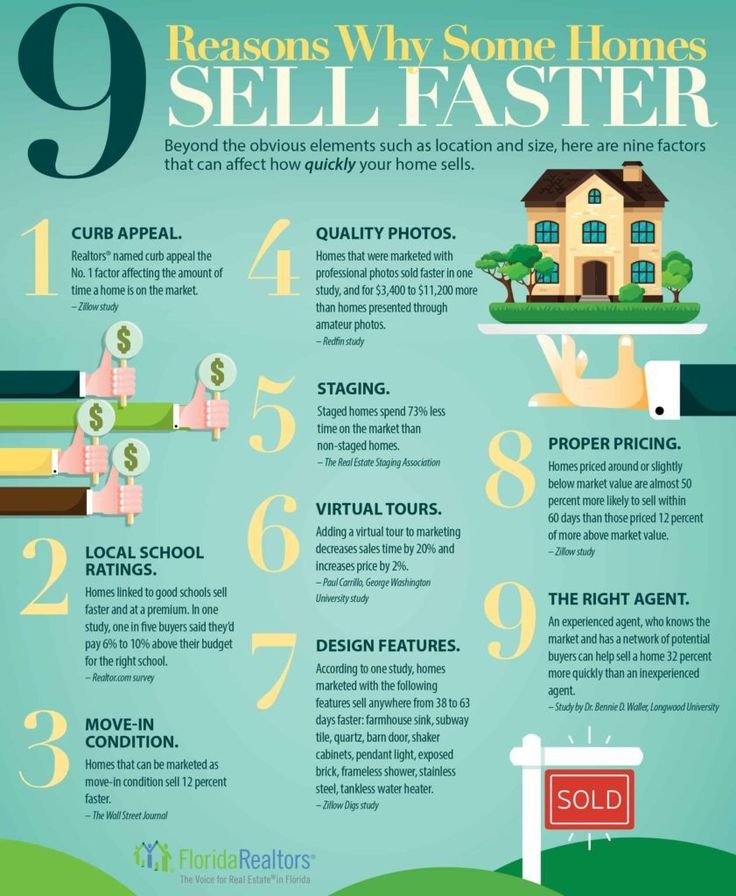 Touch up walls, molding, stairwells and baseboards. Repaint or touch up the kitchen cabinets.
Touch up walls, molding, stairwells and baseboards. Repaint or touch up the kitchen cabinets. - Put away personal decor and photos. Leaving a few up is OK, but if you have a lot throughout the home, potential buyers might perceive it as cluttered and distracting. And this is part of decluttering anyway, as tables, desks and bookshelves should be cleared.
- Remove the bad smells and add the good ones. Keep your pet away and put away your pet’s things for the listing photoshoot and the showings. But first, wash their bedding and bowls, and clean the litter box. Some potential buyers might be allergic, others don’t care to imagine their new home full of pet clutter. And a bad smell can be a dealbreaker. Try not to cook anything smelly and air the house thoroughly. Adding fresh flowers to a few rooms can also brighten the home and add some lovely smells. The flowers don’t have to be expensive. Adding candles, diffusers or an air freshener also won’t break the bank.

- Borrow decor or furniture (or buy secondhand). Renting furniture and decor can be pricey, so borrow from friends and family, or hit a thrift store.
The NAR gives this advice:
- Think how it will look through the camera. Since you are staging for the camera, find out where the camera will most likely be and go from there.
- The camera hates wrinkles and exaggerates them, so use a professional steamer for sheets, pillows and shower curtains.
- Harsh sunlight will make the image look blown out, so look for the best time for indirect sunlight. Cloudy days provide good light for photoshoots.
- Clean up areas outside the window that can be seen. They shouldn’t draw attention to themselves, especially if they contain debris, trash or clutter.
- Limit the color scheme. Pops of colors are great, but neutrals as the prevailing palette will look better.
- Think repetition, pattern and rhythm when staging for photographs.
 These three design elements are to go by and have been found aesthetically pleasing to most.
These three design elements are to go by and have been found aesthetically pleasing to most. - Don’t overdecorate. The house should appear big and bright in the pictures.
- If you want professional-looking images, hire a professional photographer.
Since the living room is typically listed first as a room with the most impact when it comes to home staging, let’s spend a few more minutes talking about the living room decor. It’s also one of the largest rooms in the house, and the one with the most foot traffic. Just like with any room in the house, the key is to strike a perfect balance between physical objects and structural features. Furniture, art, decor, plants — all need to live in harmony among the room’s walls.
Look for inspiration. If you’re not hiring a professional home stager, look at what the others are doing with their living rooms in terms of colors and the layout.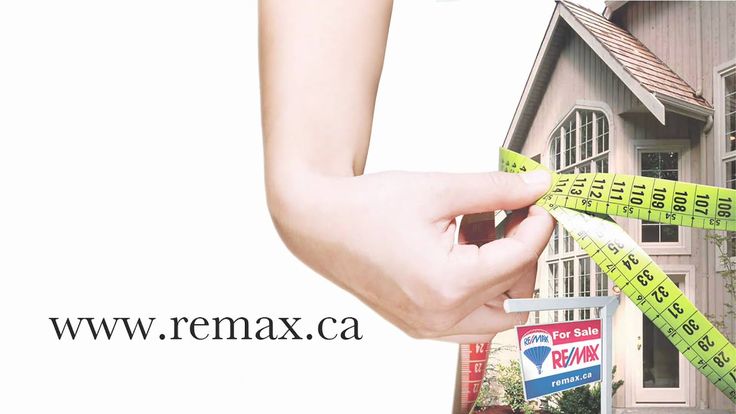 You can find a wealth of information online — blogs, social media (Instagram and Pinterest are among the most visual platforms), magazines, etc. There are quite a few home stager sites out there with the “before” and “after” images of staged living rooms.
You can find a wealth of information online — blogs, social media (Instagram and Pinterest are among the most visual platforms), magazines, etc. There are quite a few home stager sites out there with the “before” and “after” images of staged living rooms.
Plan the layout. Create a focal point with a seating arrangement (could be your couch by the fireplace or by the window with a lovely view) and arrange all the other furniture based on where the focal point is. Home staging experts recommend leaving easy-to-navigate pathways and not pushing furniture against the walls. Create conversation spaces a potential buyer will be drawn to and don’t use any furniture that doesn’t match the rest, isn’t comfortable, is damaged or broken, or just seems unnecessary. The largest pieces of furniture should go around the perimeter so it doesn’t create a visual block.
Add texture and colors. As we’ve mentioned, stick to neutrals with pops of color using art and accents (a bright throw pillow or a painting). Cozy and relaxing are the goals. Rugs, especially not the heavy kind, can also add color and texture to your living room. Place one to designate a conversation area or a pathway. Careful though: Too large, and the rug will overwhelm the room, too small, and the room will appear unbalanced.
Cozy and relaxing are the goals. Rugs, especially not the heavy kind, can also add color and texture to your living room. Place one to designate a conversation area or a pathway. Careful though: Too large, and the rug will overwhelm the room, too small, and the room will appear unbalanced.
Are you familiar with the 60-30-10 color rule? For a balanced, well-designed look, 60 percent of the room should be one color (the dominant color), 30 percent a complementary color (the secondary color) and 10 percent an accent color. Also, check out our take on how to choose a color scheme for your home.
Add plants. If you just can’t with the real ones, artificial would do. But the real plants will add a pop of color and some freshness to your living room (and they have health benefits). They don’t have to be fancy — many indoor plants are low maintenance.
Choose art. You might avoid anything controversial, personal or political in a staged living room. Remember, you’re marketing to a mass audience of potential buyers, so choose subtle, attractive, relaxing pieces. Think landscapes, abstracts, nature and still-life. Remove all family photographs except a few. The art you hang should fit within the color scheme of your living room and complement its style.
Remember, you’re marketing to a mass audience of potential buyers, so choose subtle, attractive, relaxing pieces. Think landscapes, abstracts, nature and still-life. Remove all family photographs except a few. The art you hang should fit within the color scheme of your living room and complement its style.
To find some appropriate pieces, check out local galleries and street festivals, search online marketplaces like Etsy or browse local thrift stores.
Top 12 Home Staging TipsNot sure where to start? Here are some general recommendations that will make your house more sellable under any circumstances.
- Stage where it counts
Not all rooms are considered equal when it comes to home staging. You want to focus your efforts on the rooms that have the biggest potential to influence buyers’ decisions, and spend less time on the rooms that won’t make much of a difference. The rooms with the highest impact are the living room, master bedroom and kitchen.
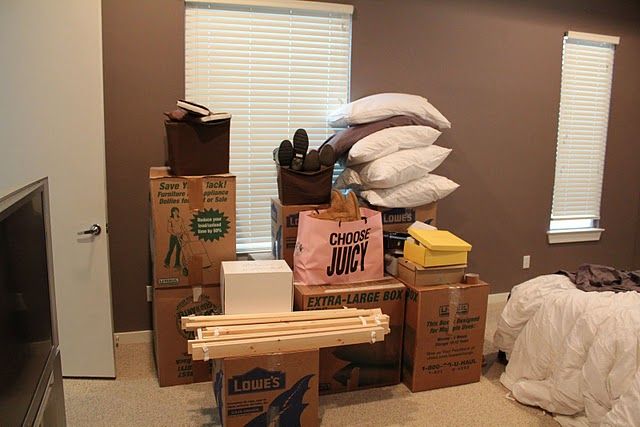 These are the rooms that you want to focus the most on when you’re staging a home. Don’t worry as much about the rooms that have less influence, such as guest bedrooms, children’s bedrooms and bathrooms.
These are the rooms that you want to focus the most on when you’re staging a home. Don’t worry as much about the rooms that have less influence, such as guest bedrooms, children’s bedrooms and bathrooms. - Depersonalize the space
One of the primary objectives of home staging is to help prospective buyers visualize the space as their own. The fastest way to accomplish this is to set as blank of a canvas as you can. You want the home to have style and charm, but it should be devoid of personal touches that suggest this home belongs to the seller, not the buyer.
Start by removing any personal photos, making sure to take down both framed photos on walls and surfaces and anything that’s hanging on your fridge. Keep clothes stored away and out of sight, and clear bathroom counters of personal items, like toothbrushes. While it’s true that depersonalizing your home makes it a little odd to live in, it is extremely useful for helping buyers better connect with the property.

- Get rid of clutter
Clutter takes up space, and space is what sells. Make your home look bigger and more desirable by editing down to just the basics. You don’t have to get rid of things forever, but you should certainly be packing them up and getting them out of the house. This includes any clothes you’re not wearing (no need to crowd your front hall closet with winter coats in the summer), most of your decor (you can keep a few select pieces if they’re subtle or minimalistic), papers, games, and pretty much anything else that you don’t need on a day-to-day basis. Buyers will be opening your closets to look at their storage potential, so take your time to remove as much miscellaneous and non-crucial items as you can. The less clutter you’ve got in the space, the bigger it will look and the more appealing it will be to buyers.
- Clean like you’ve never cleaned before
Spring cleaning has nothing on the cleaning you should do when you’re putting your home on the market.
 You want every square inch to shine, from the baseboards to the corners of your ceilings and everywhere in between. A squeaky clean home suggests to buyers that the current tenants took good care of the property, a notion that extends beyond the kitchen countertops to the entire house. If you’ve neglected certain tasks, like cleaning the inside of your refrigerator or regularly dusting your window blinds, now is the time to tackle them.
You want every square inch to shine, from the baseboards to the corners of your ceilings and everywhere in between. A squeaky clean home suggests to buyers that the current tenants took good care of the property, a notion that extends beyond the kitchen countertops to the entire house. If you’ve neglected certain tasks, like cleaning the inside of your refrigerator or regularly dusting your window blinds, now is the time to tackle them.The cleaning you’ll do for staging purposes has similar steps to the deep clean you do when you move into a new home, so start with those and add on as you need to.
- Patch and repair
Home staging is a good time to tackle the tiny nicks, scratches, holes and other imperfections that signal neglect to buyers. Start with a melamine foam eraser pad and go room to room removing any scuffs from walls. Keep an eye out for any areas that could use a little TLC, then spackle and caulk as necessary.
 If you notice areas where previously applied paint has chipped, you may need to do some paint touchups. Just like with cleaning, the purpose is as much about showing potential buyers that you’ve put effort into maintaining the property as it is about making the place look nice.
If you notice areas where previously applied paint has chipped, you may need to do some paint touchups. Just like with cleaning, the purpose is as much about showing potential buyers that you’ve put effort into maintaining the property as it is about making the place look nice. - Go neutral
This staging tip is a bit more time- and cost-intensive, but it can make a major difference when it comes to your sale price and time on the market. Bright colors on walls help people express their personality in their homes, but they can be a major turnoff for buyers. When you’re staging your home to sell, one of the very best things you can do is paint over any garish colors with neutrals, like gray, white and taupe. Bold colors can distract from a room’s assets, and like photos and clothes, are bold signifiers not of the home’s future, but its past. Buyers might want bright colors themselves, but a neutral home gives them the option to do that – or not.

- Make a good first impression
The first thing a buyer is going to see when they walk up to your house is the front entrance, so you want it to make a strong positive impression. Remove any sort of seasonal decorations, which can date a house in both pictures and during viewings. If you have a front stoop, consider power washing it, or at least scrubbing off any dirt. Then add a touch of charm with a simple doormat and perhaps a potted plant or two, provided they are in perfect condition (a dead or dying plant will do you no favors). Keep the space simple but welcoming to start buyers off on the right foot and suggest that more of the good things await inside.
- Focus on fresh
While too many extraneous items in a home can detract from its perceived value, a few healthy, well-placed plants and flowers can add life and freshness to the space. Space them out so as not to clutter any one particular area, but try to have a couple of fresh items in areas that matter.
 Place a vase full of big, bright flowers in the center of your kitchen table, a small potted plant or some succulents in the living room, and perhaps a larger potted plant in the corner of the living room as well. Don’t have the time or green thumb to maintain fresh plants? Fake plants will set the same atmosphere with less work.
Place a vase full of big, bright flowers in the center of your kitchen table, a small potted plant or some succulents in the living room, and perhaps a larger potted plant in the corner of the living room as well. Don’t have the time or green thumb to maintain fresh plants? Fake plants will set the same atmosphere with less work.Another aspect of freshness is making sure there are no odors. A deep clean should take care of any lingering smells, but also be sure to always clear out your trash bin before showings so buyers aren’t hit with any offensive scents. You may want to install a small-scented plug-in in a couple of rooms too (or just one may be okay, depending on the size and layout of your home). If you do that, keep it on a low setting – you want the smell to be pleasant, but subtle. Choose a neutral clean scent that most people will enjoy.
- Let there be light
Dark rooms are sad rooms. Brighten up by letting as much light shine in the house as possible.
 Open the blinds on all of the windows, which in addition to letting in more natural light will also make rooms seem bigger. (If your yard needs a bit of work, keep blinds down but open the slats to get a similar effect without showcasing any problem areas.) Turn on all the lights in your house for showings, including lamps and closet lights. This will help make your home more welcoming, and also saves buyers from having to stumble around figuring out which switches turn on which lights.
Open the blinds on all of the windows, which in addition to letting in more natural light will also make rooms seem bigger. (If your yard needs a bit of work, keep blinds down but open the slats to get a similar effect without showcasing any problem areas.) Turn on all the lights in your house for showings, including lamps and closet lights. This will help make your home more welcoming, and also saves buyers from having to stumble around figuring out which switches turn on which lights. - Rearrange your furniture
You want there to be as much open, walkable space as possible. This helps buyers navigate the space, and also helps them better visualize their own furniture in each room. Put extraneous furniture in storage to get it out of the way, focusing on getting rid of any oversized pieces, damaged pieces, and those that don’t match the rest of the room. With the furniture that’s left, rearrange it to make the room look and feel as spacious as possible.

- Define rooms
Every room needs to have a single, well-defined purpose. It will help show the buyers how to maximize the square footage. This way, a finished attic can become a home office, a finished basement an entertainment room, and a room where you store your seasonal decorations or a treadmill, a guest bedroom.
- Upgrade the curb appeal
The exterior and the entryway will be the first things the buyer will see so they need to make a good impression. If they’re a neglected mess the buyer might not even want to see inside the house. This means washing windows, pressure-washing the exterior, repainting or touching up the door, replacing old or broken hardware, cleaning and repairing the sidewalk and the driveway, and cleaning and decluttering outdoor areas like a patio, a deck or a pool.
You should also consider adding more lighting fixtures, potted flowers or a few tasteful seasonal decorations.
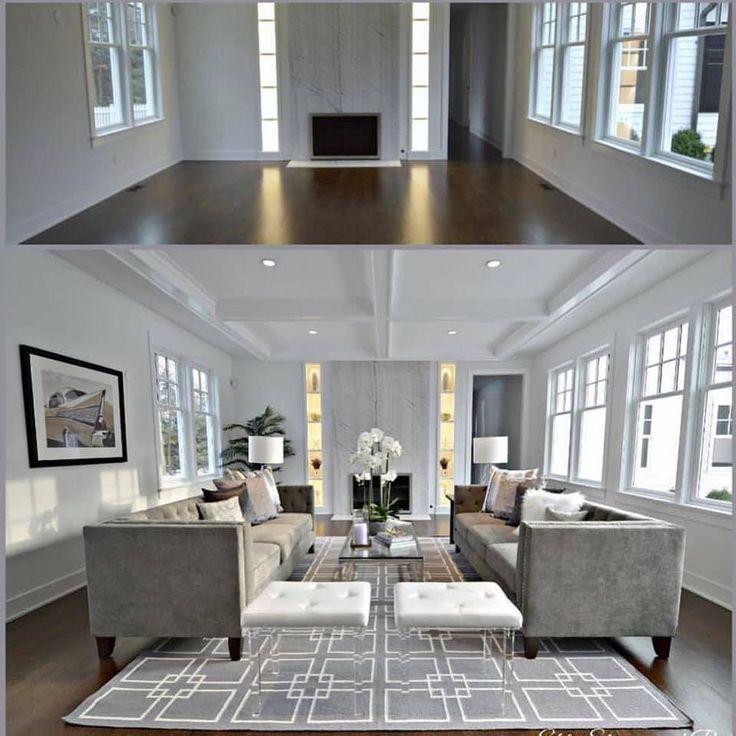 Clear away the debris and prune the hedges and the trees. Mow the lawn. Replace your mailbox if it’s needed. If your outdoor areas are spic and span and look modern and attractive it will help market the house enormously.
Clear away the debris and prune the hedges and the trees. Mow the lawn. Replace your mailbox if it’s needed. If your outdoor areas are spic and span and look modern and attractive it will help market the house enormously.
By now we’ve covered the do’s, but about the don’ts? Some moves can turn off buyers big time and jeopardize the sale of the property. Here are a few common ones:
- Over-staging your home. Over-styling can be distracting. It can make the house look inauthentic and too formal. After all, the buyer should be able to visualize living in your home.
- Overdoing the ornaments. Curb appeal is very important, but you can go overboard if you have too many statues, planters or seasonal decorations. They won’t appeal to everyone and will feel too personal.
- Leaving your “theme” rooms intact. They are fun, especially for kids, but they will feel too personal and might be distracting.

- Doing major renovations. Some buyers won’t care about having everything new, and most prefer to do their own renovations anyway. So don’t spend a ton of time and money on gutting your kitchen or knocking down walls for a bigger bathroom.
- Overloading on neutral colors. Yes, the palette needs to be quiet and have mass appeal, but pops of color here and there will add to that appeal.
- Forgoing deep cleaning. A gorgeously staged home is not going to have the desired effect if there are dust bunnies and grime. Cleaning your house thoroughly (or hiring someone to do it) is a must.
- Not taking professional photos. No, your iPhone snaps with your thumb in the way won’t do. As we said earlier, if you want professional photos (and why wouldn’t you?), hire a pro. After all, you’ve spent all this time and money to stage your home, now it’s time to show it off in a listing and reap the benefits.
- Pushing furniture against the walls.
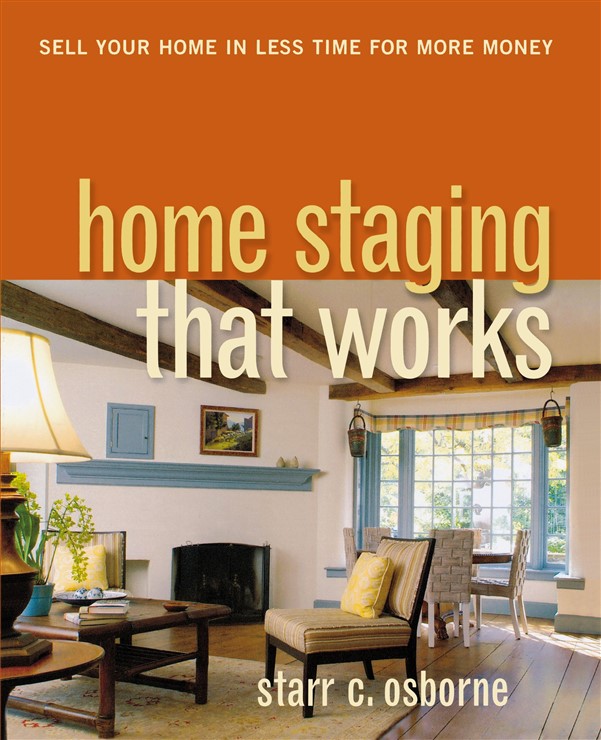 It makes the rooms look smaller. Confusing furniture placement is also a turnoff for buyers.
It makes the rooms look smaller. Confusing furniture placement is also a turnoff for buyers. - Leaving visible signs of your pet around. Not everyone is OK with animals, and some people are allergic. You don’t need to conceal the fact that you have a pet or pets, but keep your pet away along with their (previously cleaned) belongings during the showings.
- Staying for the showings. Leave it to your Realtor to show the house. If you’re home during the showings, it can get awkward. And future buyers may not connect with the house with you in it.
As we’ve mentioned, the first step to making your house perfect for selling is deep cleaning it. The process is similar to the checklist you’d use to deep clean your house before you move out. You can use it as your guide to deep cleaning your house before you put it on the market. And here are some cleaning tips you will hopefully find useful.
Deep cleaning every room and closet will take time, so we recommend that you come up with a plan that spans two to three weeks before you’re ready to put the house on the market and start showing it. Cleaning the kitchen, with all the greasy residue, mystery food in the cupboards and a rarely-cleaned oven will take time and planning to accomplish. Ditto for the bathroom(s), especially if there’s mold.
Whatever your plan is, gather the cleaning supplies first. They should include (but not be limited to):
- Cleaning gloves
- Sponge or dish towel
- Microfiber cloth
- Paper towels
- All-purpose cleaner
- Dish soap
- Oven cleaner
- Floor cleaner
- Products for special surfaces (wood, stainless steel, etc.)
If you’d rather use homemade, more eco-friendly solutions, you’ll need:
- White vinegar
- Baking soda
- Table salt
- Lemons
If your carpet is grimy all over, you’ll need to shampoo the whole thing. But if you only have a few stains on your carpet or rugs, you can spot-clean. Getting stains off the carpet is not a futile endeavor if you use the right cleaning agent. Use the wrong one, and the stain can become permanent. Speed also counts.
But if you only have a few stains on your carpet or rugs, you can spot-clean. Getting stains off the carpet is not a futile endeavor if you use the right cleaning agent. Use the wrong one, and the stain can become permanent. Speed also counts.
The supplies you’ll need include:
- A white cloth
- Carpet cleaners
- A mild mineral spirit solution
- Nonflammable dry cleaning solvent
- Aerosol shaving cream, club soda or carbonated water
- Baking soda, cornstarch, cornmeal or talcum powder
- White vinegar
Here’s a quick cheat sheet on which cleaning agent you should use for each type of carpet stain:
- Greasy stains (oil, butter, salad dressing) or ink. Use a nonflammable dry cleaning type solvent, following all product instructions and warnings.
- Light greasy stains. Coat with aerosol shaving cream or carbonated water. Speed-dry with a hairdryer and vacuum. You can also sprinkle the stain with baking soda, cornstarch, cornmeal or talcum powder.
 Leave on for at least six hours, and then vacuum.
Leave on for at least six hours, and then vacuum. - Water-soluble stains (soft drinks, fruit juice, alcohol, candy, sugar and starch, mud). Mix one teaspoon of mild detergent and one teaspoon of white vinegar with one quart of water. Dab a clean cloth into the solution and apply as needed. Place several layers of white tissues or paper towels over the spot and weigh down with books or pots and pans. Let stand for about one hour. Replace with fresh tissues or towels and leave overnight.
- Combination stains (coffee with cream, gravy, lipstick, ice cream). Use both the dry cleaning solvent and the wet cleaning agent to remove the stain.
- Red wine. Use club soda to flush the wine from the carpet fibers.
- Treat fresh spots with a paste of water and cornstarch, cornmeal, or talcum powder. Let dry and brush off. Cover fresh or dried stains with a meat tenderizer and add cool water. Sponge off with cool water after 15-30 minutes.
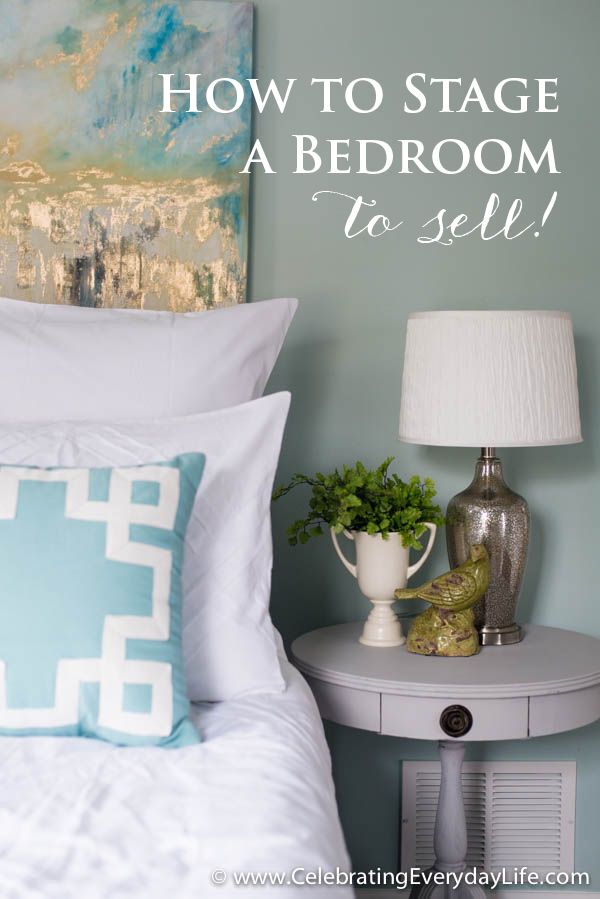 Avoid hot water, which will set the blood.
Avoid hot water, which will set the blood. - Pet urine. Dilute with a cloth dampened with water. Then clean with an acid solution consisting of one teaspoon of white vinegar mixed with one quart of water. Or, apply a pet bacteria/enzyme digester according to the directions. Saturate the spot, cover with plastic, and allow to work as long as indicated.
Removing Slime
If you have kids, you might be familiar with the slime — a fun, gooey substance kids love — but the carpets don’t. To remove slime from your carpet:
- Use a spoon, knife or paper towel to remove what you can
- Try freezing the slime before removing it by placing ice cubes on top of it for 15 minutes
- Spray a vinegar and water solution directly on the stain (two-parts white vinegar with one-part water)
- Let it soak, dab with a paper towel
- Finish cleaning with a wet dry vacuum cleaner (the one that cleans both liquid and solid particles)
Like everything porous and made with natural materials, concrete stains with time.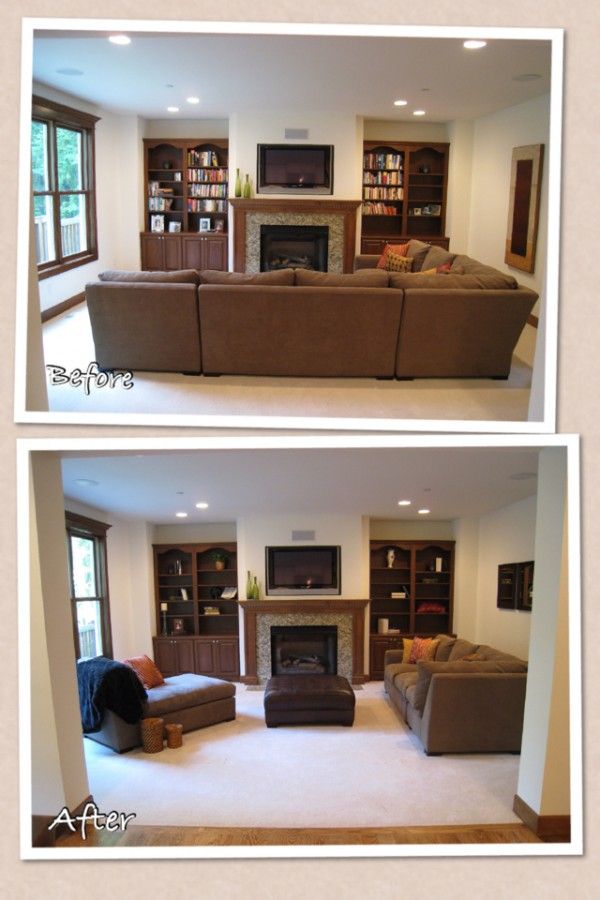 So you might end with oil in the driveway and food grease from the grill, as well rust, paint, dirt and pet stains. All those can hinder reaching the desired level of curb appeal, but can be successfully removed. Read our guide to removing all types of stains from concrete, with a different set of solutions and cleaning agents for each type of stain. We also give tips on how to clean concrete with a pressure washer and how to seal it (highly recommended) to prevent stains.
So you might end with oil in the driveway and food grease from the grill, as well rust, paint, dirt and pet stains. All those can hinder reaching the desired level of curb appeal, but can be successfully removed. Read our guide to removing all types of stains from concrete, with a different set of solutions and cleaning agents for each type of stain. We also give tips on how to clean concrete with a pressure washer and how to seal it (highly recommended) to prevent stains.
Anything made out of steel, iron or iron alloys can rust when exposed to the elements. That means that your outdoor furniture, garden tools and gym equipment can rust, speeding up their deterioration and corrosion and lowering your curb appeal. Knowing how to remove rust quickly, cheaply and effectively can save you a lot of time and effort and prevent rust from occurring again.
You have several options for removing rust, including a store-bought rust remover, abrasive tools like a sander or steel wool, WD-40, and using common household ingredients like vinegar. For more methods and tools for removing rust and stopping it from coming back read our handy guide.
For more methods and tools for removing rust and stopping it from coming back read our handy guide.
We’ve covered a lot of ground in this guide, but let’s close with a quick home-staging FAQ.
What happens to furniture after staging?Unless they’re using the homeowner’s furniture, home staging professionals rent furniture from the furniture stores or bring their own inventory. After the home is done being staged the furniture returns to the staging company or the store. If you fell in love with a piece, you can ask the stager to sell it to you (if they own it) or get product information and find the exact same item for sale at the store they’re renting it from.
Is it better to sell a house empty or staged?As we cited above, buyers prefer to see the houses staged. Empty houses may not seem as warm and inviting, and can wrongly convey the notion that the house has been lingering on the market.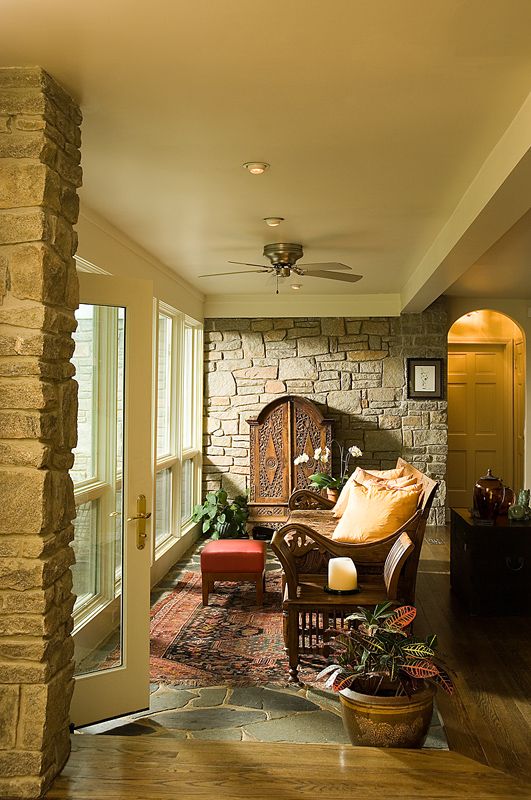 Another con is that without furniture and decor to distract, every scratch and the little defect is easier to spot (we’re talking about very minor imperfections, any serious issues must be disclosed). But there are some advantages to selling an empty house. Some buyers would actually prefer to see the house empty, without your belongings in it, to imagine themselves living in it. Another advantage is that it shows that the house is move-in ready and can sell quicker.
Another con is that without furniture and decor to distract, every scratch and the little defect is easier to spot (we’re talking about very minor imperfections, any serious issues must be disclosed). But there are some advantages to selling an empty house. Some buyers would actually prefer to see the house empty, without your belongings in it, to imagine themselves living in it. Another advantage is that it shows that the house is move-in ready and can sell quicker.
You can if you want to, but it’s only generally recommended if you have a grand dining room with a large table. Setting the table can showcase how comfortably you can sit many people and how perfect the room would be for entertaining large groups. If you set the table with fine china, crystal and linen napkins, it will also play on the elegance of the room and will create a focal point.
For smaller homes, however, setting the table is not necessary. It can prove distracting. Besides, items could be broken or stolen, and you don’t want unsupervised kids playing with knives. So, only set the table if you think it will add to the ambiance, not distract from it.
It can prove distracting. Besides, items could be broken or stolen, and you don’t want unsupervised kids playing with knives. So, only set the table if you think it will add to the ambiance, not distract from it.
One of the most important distinctions between home staging and interior design is the intended audience. Home staging is meant to appeal to as many potential buyers as possible. Interior design, on the other hand, answers to the specific aesthetics of an individual or family.
Although there are overlapping concepts, the purpose is different. Interior design aims to create a beautiful and comfortable space for you, the end user. The result will express your own personality, taste, style and preferences. Home staging’s sole purpose is to market the property to sell it faster and profitably. Home staging must keep to neutral hues to appeal to a mass audience of the as large a number of potential buyers as possible. With interior design, the sky is the limit.
With interior design, the sky is the limit.
Once you’ve successfully staged and sold your old home, it’ll be time to figure out how you’re going to move into the new one. To compare moving quotes online, simply give us your move details and contact information, and we’ll send you moving quotes from trustworthy interstate moving companies. From there, you can compare long-distance moving quotes and moving services to find the right moving company for your needs.
Sources- 2021 Profile of Home Staging
- Fixr: How Much Does It Cost To Stage A House?
- HomeAdvisor Powered by Angi: How Much Does It Cost To Stage A House?
- Repetition, Pattern, and Rhythm
- Expert Advice: 11 Tips for Making a Room Look Bigger
- Top 10 Tips for Staging a Home for Photos
documents, repairs, photos, announcement, expert advice
Preparing an apartment for sale
Together with experts, we prepared a memo on how to prepare an apartment for sale and what needs to be done to save time and effort
| Read / 10 minutes |
Elena ODINTSOVA
KP journalist
Alexander Tsyganov 9004 0002 Head of the Department of Mortgage Housing and Financial Institutions of Real Estate Market Financial University
Alexander Kozlov
Commercial Director
Rusich

The last six months have been a very good time for sellers of apartments: prices have been rising, buyers have taken apart almost everything. But this does not mean that even in such times you are guaranteed to sell your home at the best price. And most importantly, such a situation on the market will definitely not last forever. How to increase your chances of finding buyers faster and at the same time not to sell too cheap? Here, according to experts, is the minimum of actions that need to be taken when preparing an apartment for sale, if, moreover, you are not ready for extra costs.
Step 1. Putting things in order
A good repair, of course, increases the price of the apartment. But experts do not recommend doing it immediately before the sale in housing, which clearly does not belong to the elite or business class. Serious investments, most likely, will not pay off.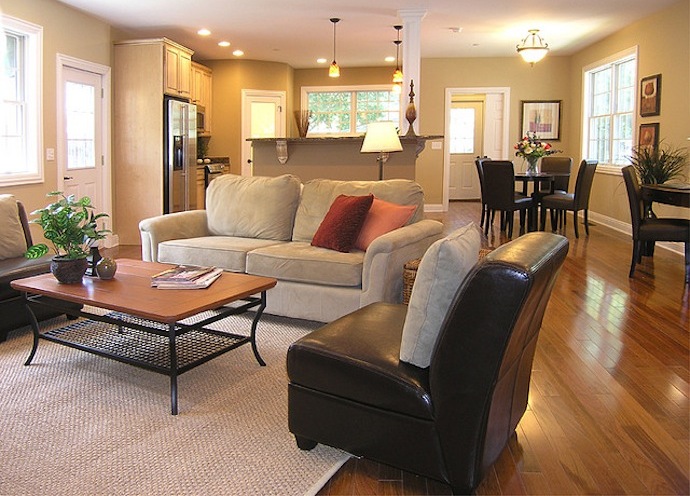
— The apartment should look decent, and the new owner will make repairs to your liking. But it’s worth doing a little cosmetics - eliminating obvious jambs, advises Head of the Department of Housing Mortgage Lending and Financial Instruments of the Real Estate Market of the Financial University Alexander Tsyganov .
Weeds are cracks and stains on the walls and ceiling, smudges after leaks, etc. You also need to put the plumbing and electrics in order. There should be no leaking faucets, rusty stains in the sink and wires hanging from somewhere. Everything that cannot be replaced, you just need to clean it off - this is the cheapest way to add attractiveness to an apartment.
And most importantly, throw out all the rubbish that has accumulated on the balcony and in the corners and take the old furniture somewhere. You can leave only what looks aesthetically pleasing and does not visually clutter up the apartment. This is especially true for singles.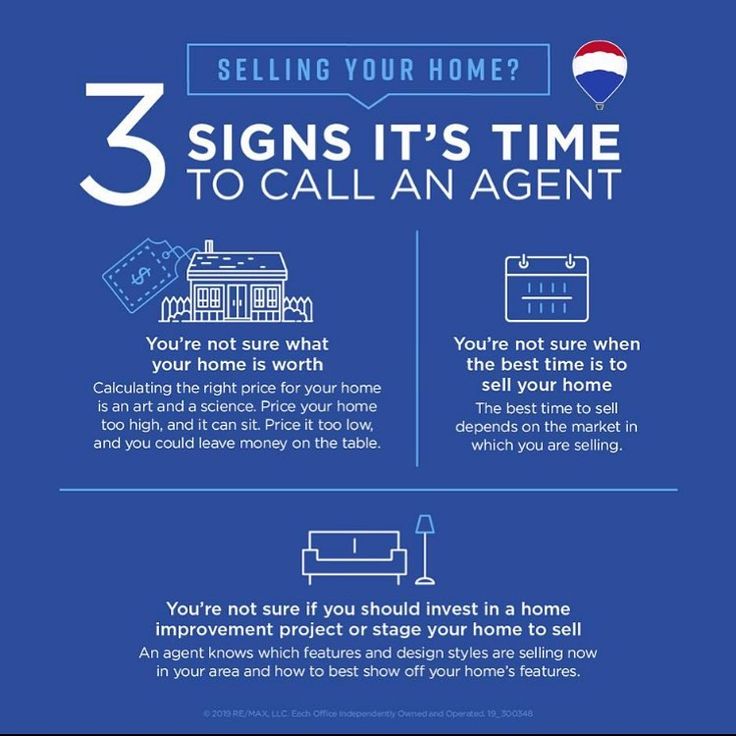
To make the apartment look completely empty and uninhabited, you can go for a little trick. Buy a couple of new chairs and some beautiful and cozy accessories like throws (cover the old sofa with them). Then you take everything to the dacha.
Step 2. Looking for documents
“Looking for” is no joke. According to realtors, half of the owners do not remember where they have the documents related to the apartment. Excavations in papers should be taken care of in advance. You should have on hand:
- if you became the owner of the apartment before 2016 - a paper certificate of registration of ownership (after 2016 it is not issued, ownership is confirmed by an extract from the unified state register of real estate (EGRN), which can be ordered at any convenient moment),
- title document - a document explaining exactly how you became the owner of this apartment: a contract of sale, a certificate of inheritance, a certificate of privatization, etc.
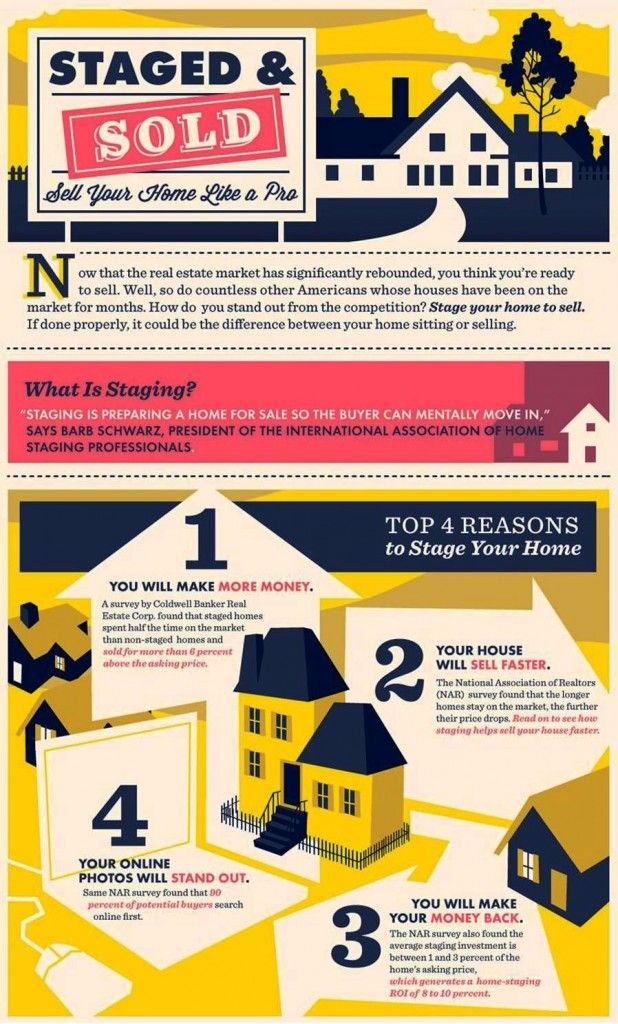
- It is also worth preparing a technical passport in advance. This document allows you to understand whether the apartment was redevelopment, legalized or not, - says lawyer Svetlana Petropolskaya . - Buyers are also usually very important information about the persons registered in the premises (an extract from the house book shows whether there are citizens who can retain the right to reside even when changing the owner of the home) and a certificate of the absence of debts for utility bills.
Depending on the situation, you may also need:
- notarized consent of the spouse to sell the apartment (required if the property was purchased in marriage), it is better to take when the deal is already on the ointment.
Step 3. Compiling a "selling" ad
- It's better to start with the main location: the nearest metro station, street, house address, - Alexander Kozlov instructs.
It is highly desirable to indicate:
- material of the house, its number of storeys, on which floor the apartment is located (for many this is an important point),
- number of rooms, their area, separate or adjacent, kitchen area,
- if the windows of some of the rooms or the kitchen overlook the sunny side or a quiet, green courtyard, we also indicate this,
- bathroom - separate or combined, bath or shower,
- if some non-standard design solutions are used,
- is there a dedicated internet line, telephone,
- in conclusion, we indicate the terms of sale - a direct deal or an alternative one, whether we are ready to sell to mortgage lenders, whether bargaining is possible.
In addition to the location of the apartment, the area and the number of rooms, it is worth indicating in the advertisement where your windows face: on the sunny side or on a quiet, green courtyard. Photo: Evgenia Guseva
Photo: Evgenia Guseva
Experts advise avoiding clericalism, but also not overdoing it with epithets like “beautiful”, “magnificent”, “you have been dreaming about such an apartment all your life” - this is unlikely to really attract anyone.
— Do not write “apartment in good condition”, because the concept of “good” is different for everyone. Write as specifically as possible: plastic windows, parquet on the floor, suspended ceiling, updated wiring, repairs were done in such and such a year, - recommends independent financial consultant Alexander Pateshman . - In addition to the standard information, be sure to indicate the advantages of the apartment. For example, there are two schools within walking distance. The windows face the sunny side, so the flowers feel good in the room. Free parking, clean entrance. The documents are ready, no one is registered in the apartment.
The announcement must not be too verbose.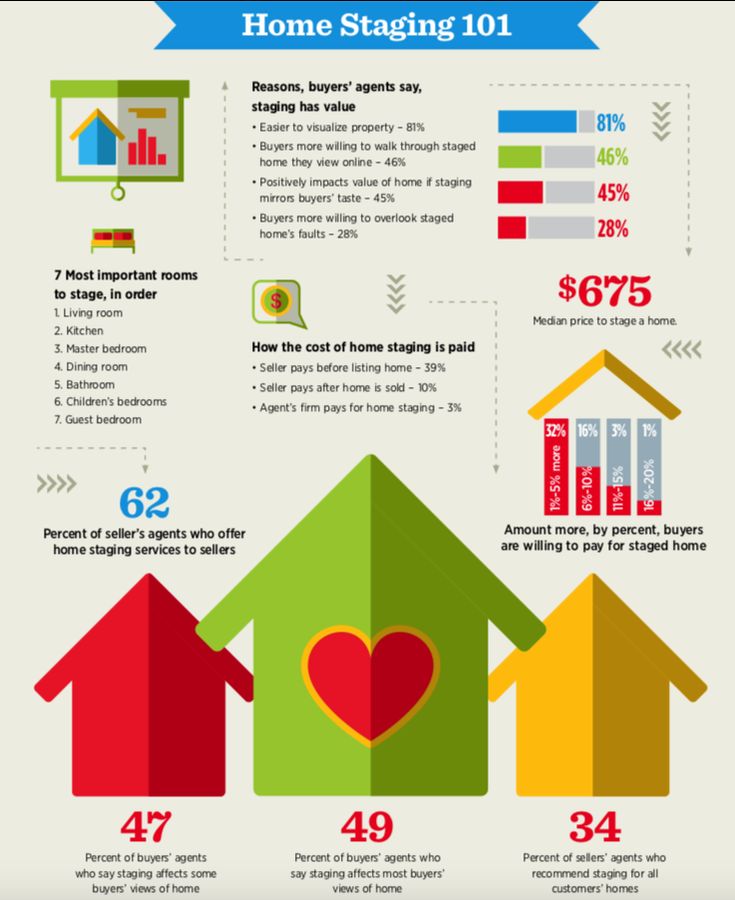
- Some sellers try to list all the brands used in the renovation and decoration of the apartment. Such opuses take up a lot of space, but nothing but a smile causes buyers, says President of the St. Petersburg Chamber of Real Estate Dmitry Shchegelsky.
Read also
Housing programs in Russia
There are many housing programs in Russia that help to solve the housing problem for different categories of citizens. We figure out which one is right for you
| More details |
Step 4. Getting ready for views
The most important step in this preparation is a good cleaning. Cleanliness and tidiness is almost always an emotional 2:0 in your favor. If there is no time for cleaning at all or the apartment is large and neglected, it is better to call a cleaning company - the costs will pay off.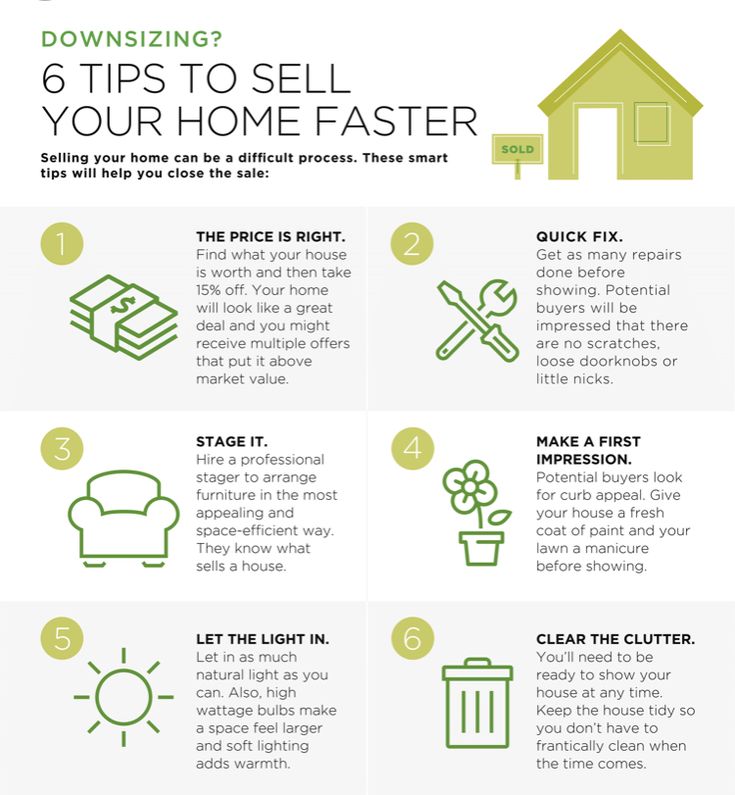
Windows also need to be washed. And before accepting potential buyers, the dwelling should be well ventilated. It should not contain unpleasant odors such as the smell of drugs. But the smells of freshly brewed coffee, pastries, jam, according to realtors, really often help to sell an apartment faster and more profitably. And there is nothing mystical in this - many decisions about buying a home are made purely emotionally (I felt good here - I want to live here).
Get ready to view the apartment in advance: wash the windows, put things in order. Photo: globallookpress.com
Do not forget to put things in order in the stairwell. Check if the light bulbs work, if the floor is washed. It is worth going at least temporarily to eliminate these shortcomings on your own: screw in a light bulb, sweep the platform in front of the door. Yes, this is not your territory, but it is it that can emotionally work against you - a dark and dirty entrance is unlikely to seem attractive to anyone.
Step 5. Taking the right photos
This is one of the most important steps, it largely depends on how many people will come to see your apartment. You understand, most people trust the picture more than the description. And emotionally, it affects them more strongly.
- The very first rule is that photographs should not contain people, animals or personal items. These photos are not for your personal album, which means they should be as informative as possible for the buyer. And besides, they were made in good lighting and on equipment with good resolution, - suggests commercial director of the concern "RUSICH" Alexander Kozlov .
Every room should be photographed, not forgetting the kitchen, bathroom, balcony or loggia. The general plan of the house will not be superfluous.
It's not by chance that the experts talk very insistently about good lighting - it is desirable to shoot in the daytime. This is not only for the convenience of potential buyers. Light rooms look more spacious. On modern smartphones, you can control the light sensitivity, which will help make photos more attractive.
This is not only for the convenience of potential buyers. Light rooms look more spacious. On modern smartphones, you can control the light sensitivity, which will help make photos more attractive.
But experts categorically do not recommend using Photoshop and retouching pictures - a discrepancy will pop up during viewing and can cause irritation.
These factors reduce the cost of housing and will be a reason for bargaining
- Old repairs, rusty plumbing, pipes in poor condition.
- Bath and toilet facilities are in poor condition and need to be updated.
- Poor pressure in the pipes and, accordingly, the water runs in a small stream.
- Old wiring, mixture of copper and aluminum, this may cause a fire.
- There are traces of smudges on the ceiling.
- Batteries do not heat well (during the heating season).
- Wind from windows.
- The balcony is not glazed.
- Poor transport accessibility.
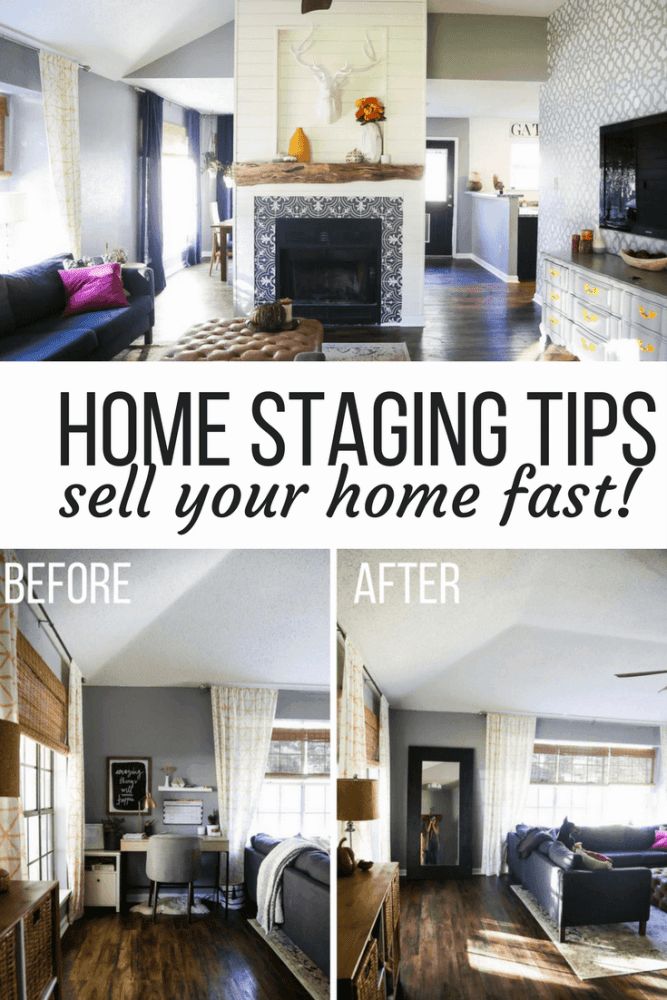
- Most likely, in these cases, the buyer will ask for a discount, - Alexander Pateshman warns. - Therefore, prepare in advance the arguments why you do not want to do this. For example, in this area, your price is the lowest (but it must be true) or there are several excellent schools nearby (if buyers are with children) and an excellent clinic with wonderful specialists. If you were persuaded to a discount, ask for some kind of bonus: for example, that you will vacate the apartment no earlier than in a couple of months.
Read also
Legal advice
Buying a home, moving into a new home, or any other action with real estate is an important and responsible task. Komsomolskaya Pravda asked lawyers to tell you about all the details of this process
| More details |
Cover photo: shutterstock.com
What do you pay attention to when choosing an apartment? What advice can you give real estate sellers? Share in comments:
Comments for the site Cackl e
Page not found.
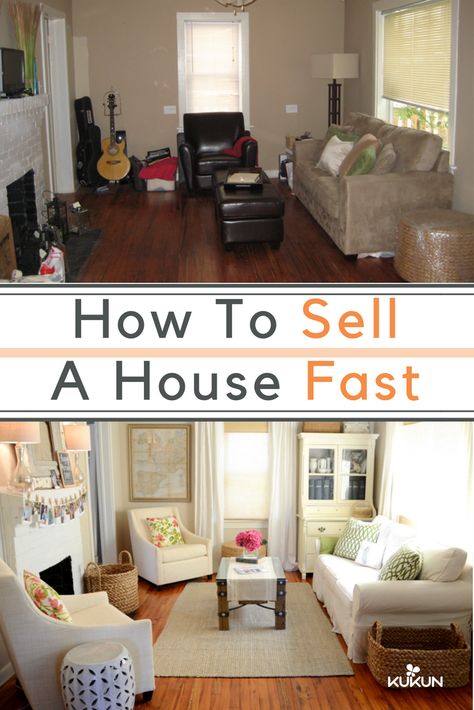
Do you need help selling your property?
Phone number:
Password: Forgot your password?
Send a request to the leading real estate agencies
Place your own ad
Describe in free form the property you wish to sell, buy or rent.
* Transaction type: SellBuyRentRent
Email:
* Phone number:
Internet link to the object:
* Description:
I agree to the terms of confidentiality
Your property will be associated with all residents who wish to buy property in any city in the Kemerovo region.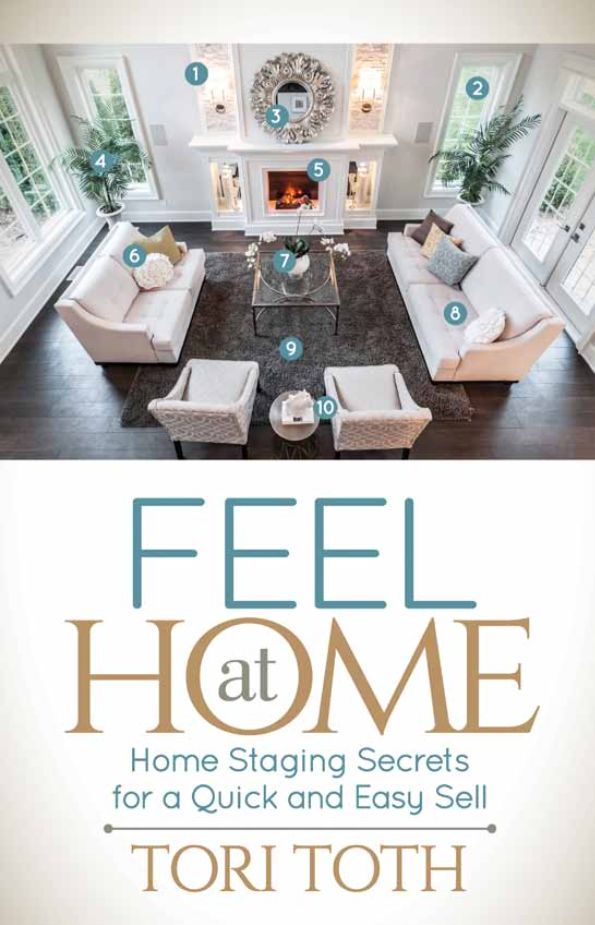 Please include a phone number so we can call you back if we find a suitable buyer.
Please include a phone number so we can call you back if we find a suitable buyer.
Fields marked with an asterisk are required!
Terms of confidentiality and provision of personal data on the site "Variant-NK"
- By providing his personal data in the forms of feedback or applications for services (placement of ads), the User of the Variant-NK website (variant-nk.ru), hereinafter referred to as the Site, gives his consent to the processing and use of his personal data in accordance with Federal Law No. 152-FZ "On Personal Data" dated July 27, 2006,
- LLC "Variant", accepting personal data, uses them solely for the purpose of fulfilling applications for services, informing and notifying about the conditions for the provision of services, responding to requests, sending service messages related to the User's activities on the Site.
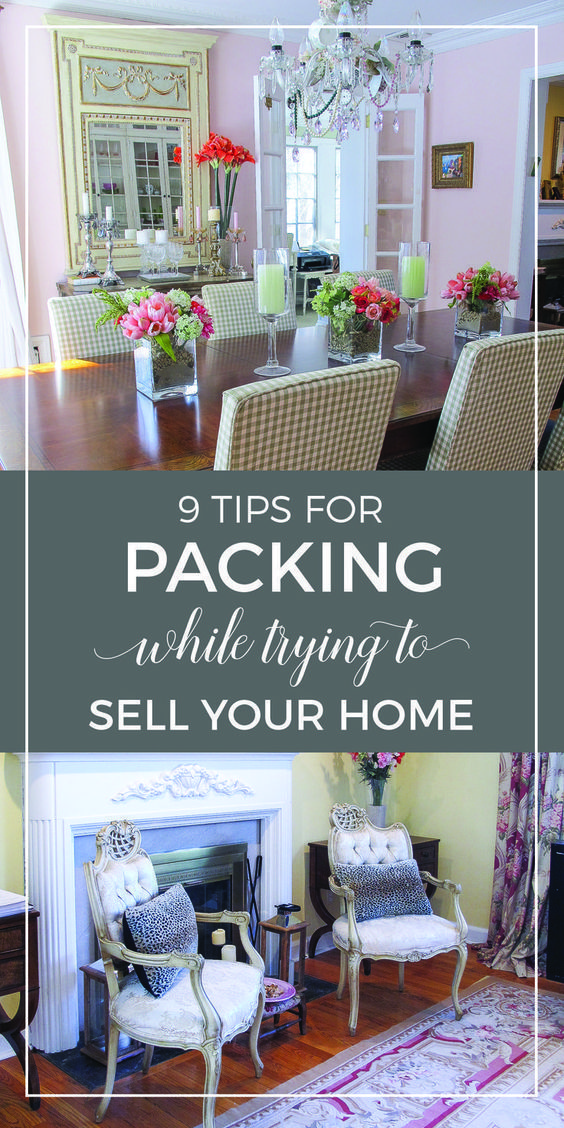
- Variant LLC undertakes not to disclose the information received from the User to third parties, except in cases where the obligation to such disclosure is established by the requirements of the current legislation of the Russian Federation.
- By indicating contact details and other information in advertisements for publication, the User understands and agrees that this information will be available to all visitors to the Site, and that Variant LLC does not bear any responsibility for any illegal or unwanted use by one by the User of information about another User, obtained in the public domain on the Site. The User understands that Variant LLC is not responsible for the accuracy of the information posted on the site by other Users, as well as for any of their actions or inaction.
- The Site User undertakes to use any data posted on the Site by other users, without their consent, for purposes not related to the preparation, maintenance and execution of transactions with real estate objects posted on the Site.
 The User is prohibited from using the phone number, email address or any other contact method indicated on the site by another User to send advertising or any other type of messages not related to the transaction on the object published on the Site, as well as for any other illegal actions and actions performed without the consent of the other party.
The User is prohibited from using the phone number, email address or any other contact method indicated on the site by another User to send advertising or any other type of messages not related to the transaction on the object published on the Site, as well as for any other illegal actions and actions performed without the consent of the other party. - If the User has any claims against another User of the Site, both in connection with information about the placed object and a transaction with it, and in connection with any other illegal or undesirable use of information, the User is obliged to present these claims directly to the opponent and resolve them without the participation of the Site.
Terms of confidentiality and provision of personal data on the site "Variant-NK"
- By providing his personal data in the forms of feedback or applications for services (placement of ads), the User of the Variant-NK website (variant-nk.
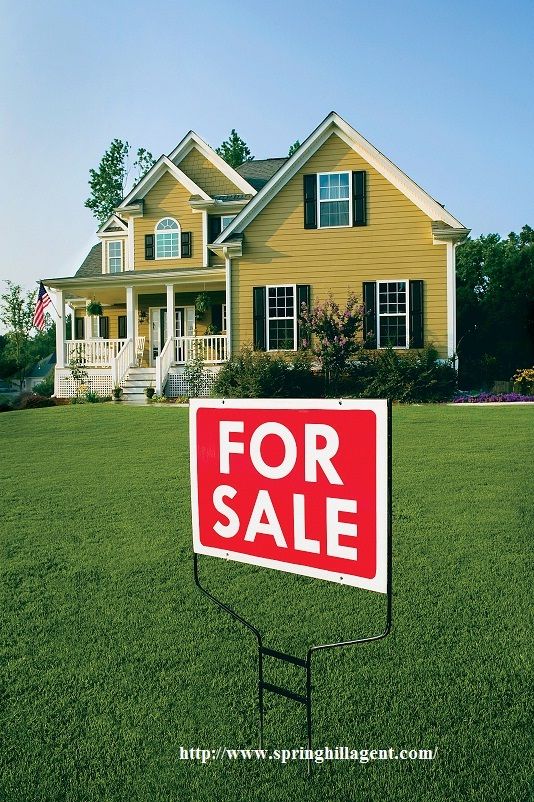 ru), hereinafter referred to as the Site, gives his consent to the processing and use of his personal data in accordance with Federal Law No. 152-FZ "On Personal Data" dated July 27, 2006,
ru), hereinafter referred to as the Site, gives his consent to the processing and use of his personal data in accordance with Federal Law No. 152-FZ "On Personal Data" dated July 27, 2006, - LLC "Variant", accepting personal data, uses them solely for the purpose of fulfilling applications for services, informing and notifying about the conditions for the provision of services, responding to requests, sending service messages related to the User's activities on the Site.
- Variant LLC undertakes not to disclose the information received from the User to third parties, except in cases where the obligation to such disclosure is established by the requirements of the current legislation of the Russian Federation.
- By indicating contact details and other information in advertisements for publication, the User understands and agrees that this information will be available to all visitors to the Site, and that Variant LLC does not bear any responsibility for any illegal or unwanted use by one by the User of information about another User, obtained in the public domain on the Site.
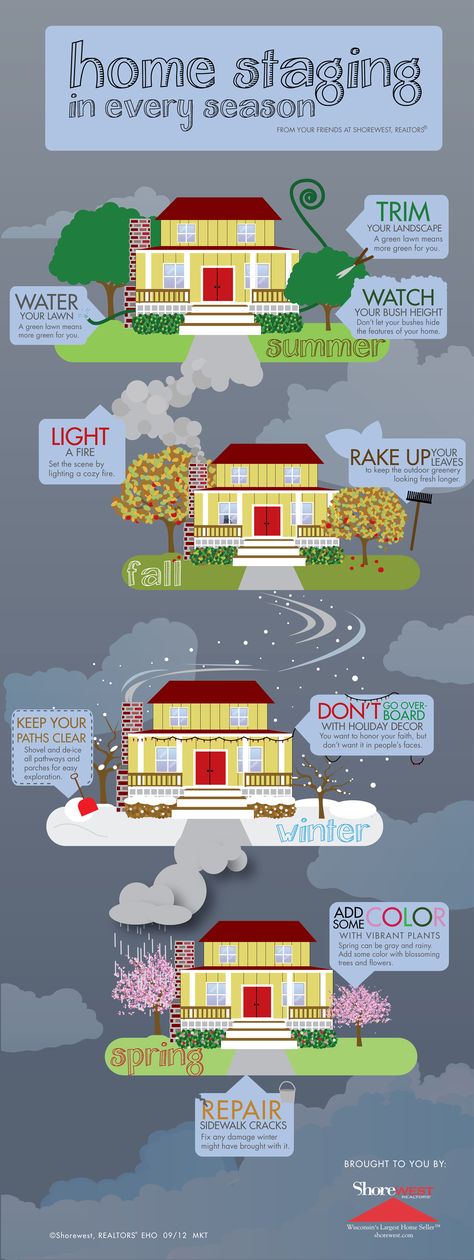 The User understands that Variant LLC is not responsible for the accuracy of the information posted on the site by other Users, as well as for any of their actions or inaction.
The User understands that Variant LLC is not responsible for the accuracy of the information posted on the site by other Users, as well as for any of their actions or inaction. - The Site User undertakes to use any data posted on the Site by other users, without their consent, for purposes not related to the preparation, maintenance and execution of transactions with real estate objects posted on the Site. The User is prohibited from using the phone number, email address or any other contact method indicated on the site by another User to send advertising or any other type of messages not related to the transaction on the object published on the Site, as well as for any other illegal actions and actions performed without the consent of the other party.
- If the User has any claims against another User of the Site, both in connection with information about the placed object and a transaction with it, and in connection with any other illegal or undesirable use of information, the User is obliged to present these claims directly to the opponent and resolve them without the participation of the Site.
